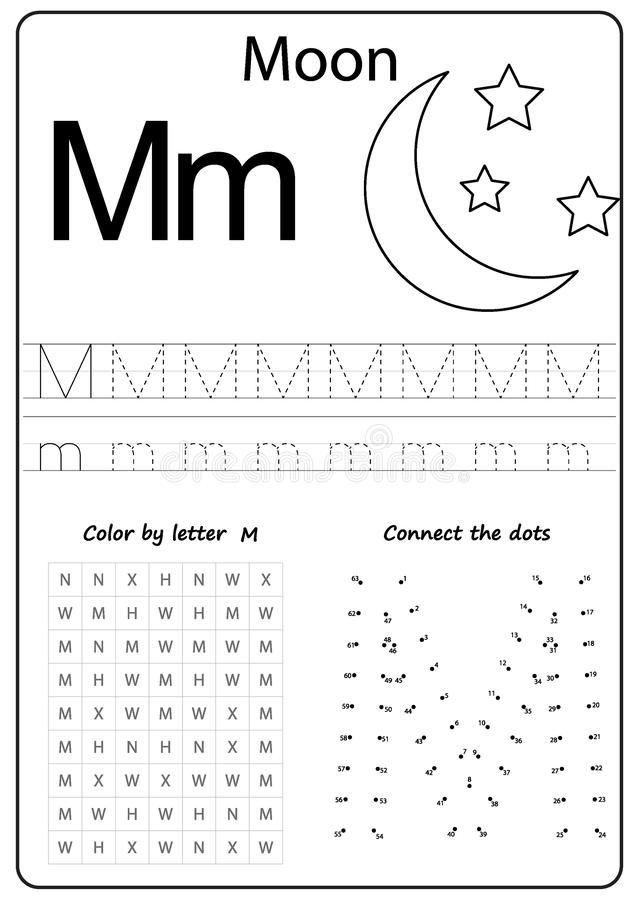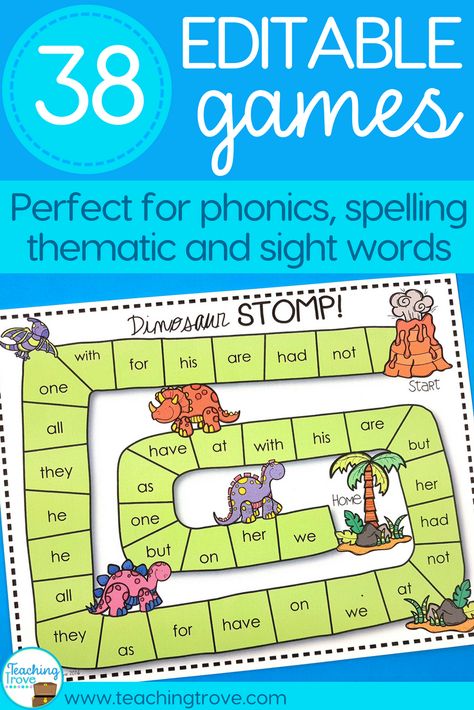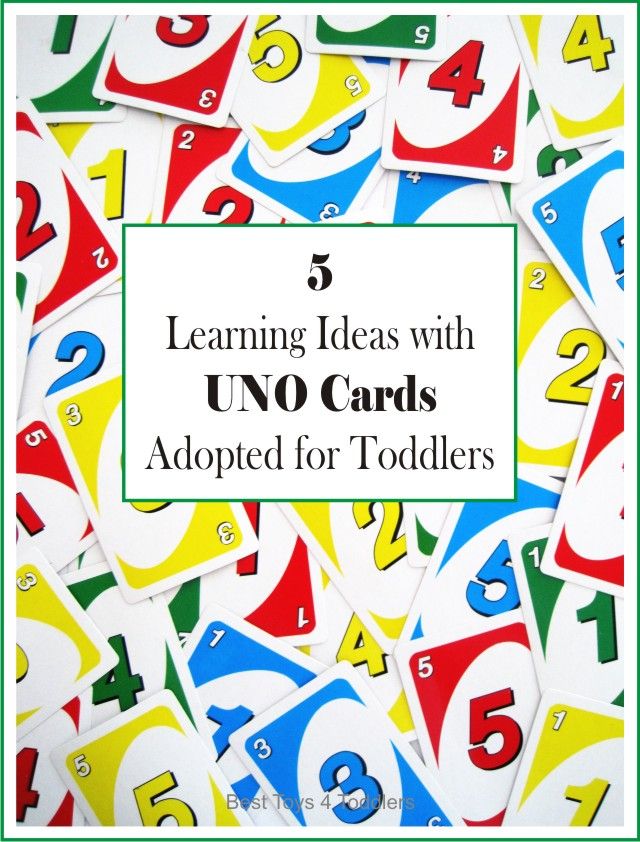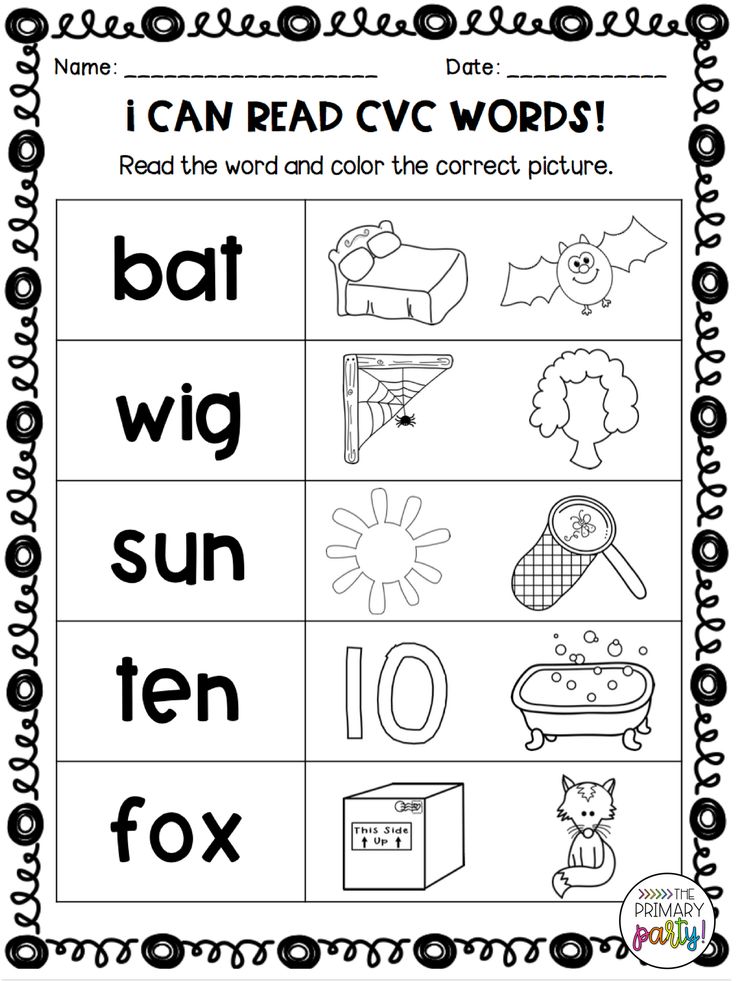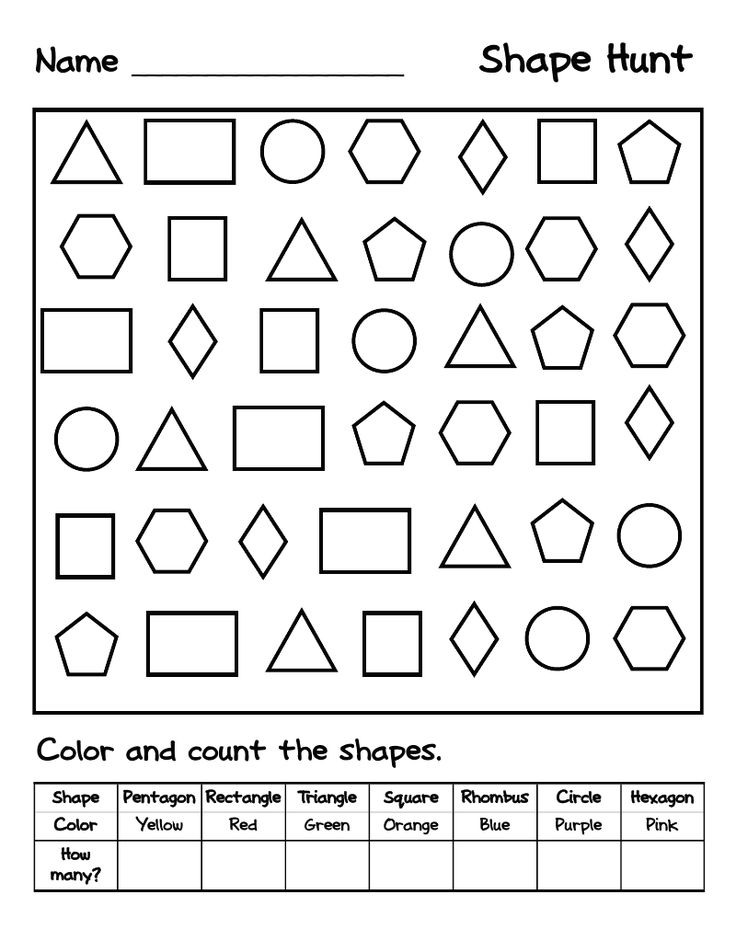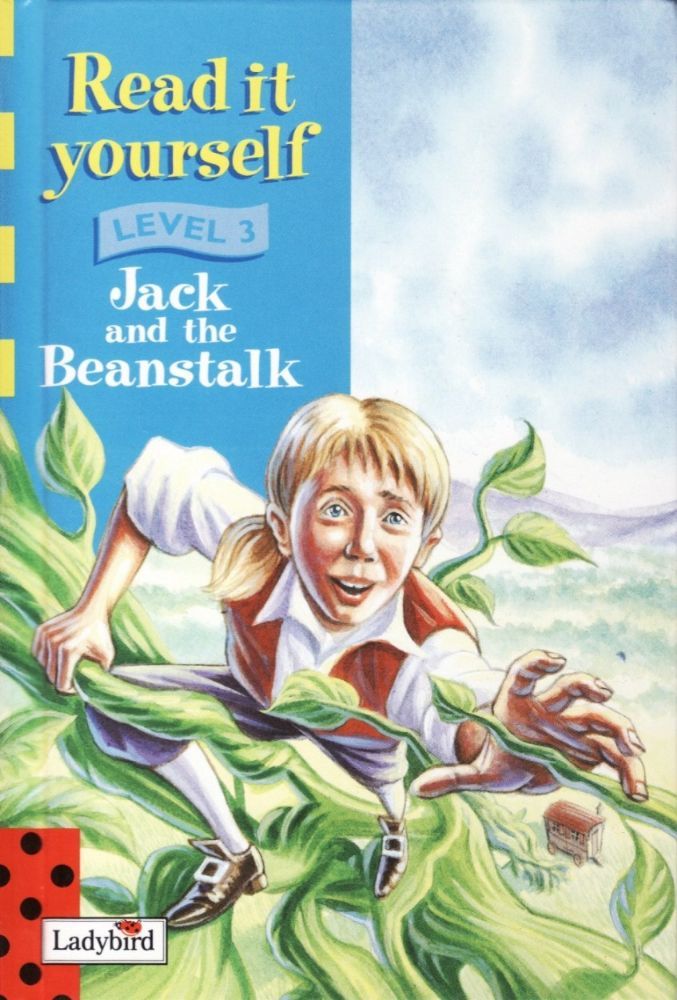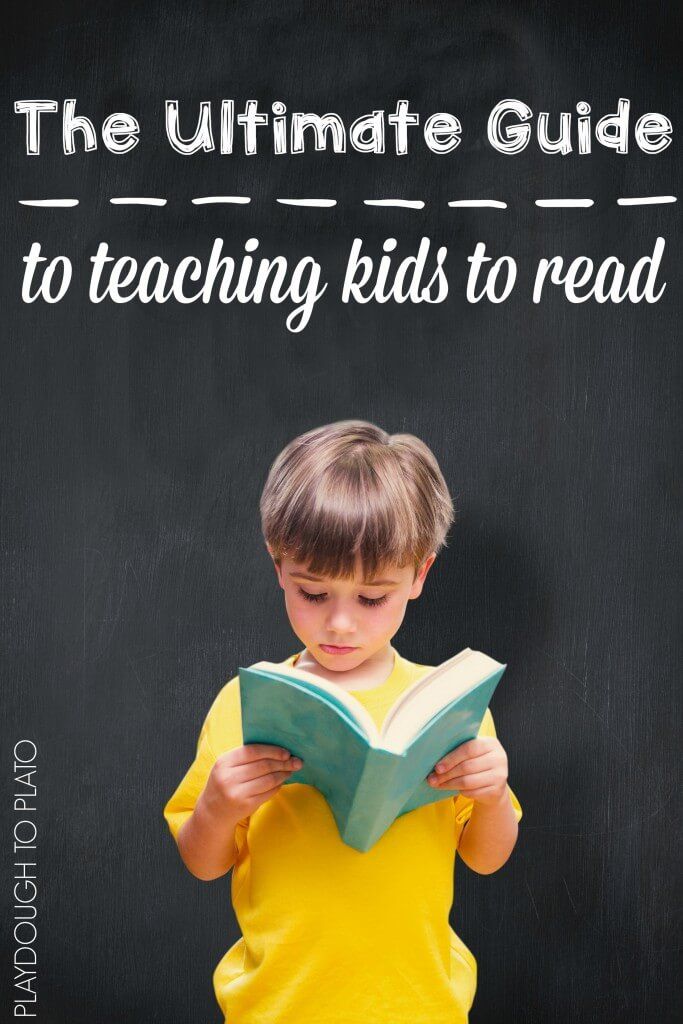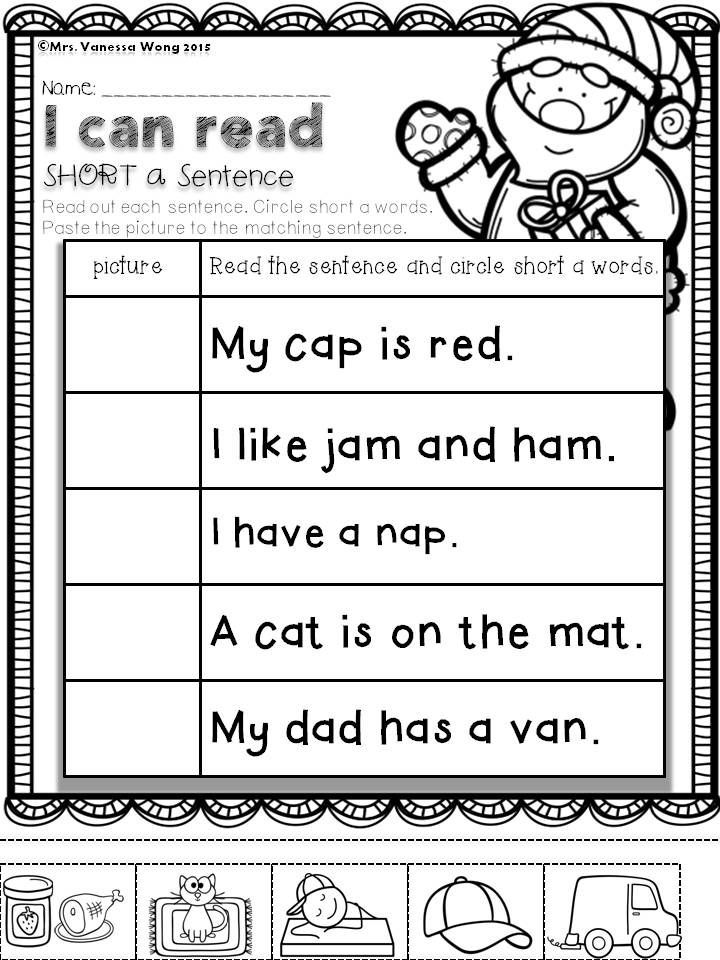Cool ways to write the letter m
Fun handwriting practice for preschoolers! (the letter M)
PSPKK12328 Comments
This post contains affiliate links. As an Amazon Associate I earn from qualifying purchases.
Sharing is caring!
Did you know that handwriting practice for preschoolers can be fun? If you try some of these ideas, your little ones might just beg for it!
When teaching preschoolers to write the alphabet, it’s so important to start simple. I like to begin with a simple outline of the letter. My boys like to fill in the outline with small objects.
It’s a bonus when you find objects that begin with the letter you’re learning! My Five filled the M with dry macaroni.
My Three filled his M with these colorful power magnets (worth every penny!).
My Three likes to do these dot sticker pages that I make for him. See my entire collection here.
After that basic introduction to a letter’s shape, my boys create the letter out of objects we find in the house. My Five easily made an M with markers. This was a challenge for my Three, who needed a lot of help.
My Five used these magnet wands to create a very wide M. (The magnets are from our favorite magnet kit.)
Next, we create the letter with small objects and no frame. Of course I had to buy a bag of mini-marshmallows. This was easily the favorite activity! (You could use M & M’s, too, but I have no self-control around that candy.)
Before we move to pencil and paper, I like to have my boys write the letter with their finger. We pulled out the mustard!
For many months, this was the only sort of handwriting page my Five did (when he was my Four). My boys actually ask for these! As my older boy’s pencil grip improved, and he showed interest, I moved on to the pages you see below. To get a copy of my “Letter M’s of all sizes,” visit this page.
I created these pages to give my Five a lot of support as he writes the alphabet. Just two rows of large letters per page. For the first time, my Three asked to do this page as well. He did great and was so proud of himself! Get your copy here.
These worksheets are for a preschooler who is almost ready for those handwriting workbooks – but not quite. The page begins with a lot of support, gradually giving less until the last line, when kids are given just a starting dot. Get yours here.
Love Freebies?
Subscribing to our email newsletter is completely free. And when you do, you'll get access to our library of subscriber freebies! Sign up below to get access to a wonderful variety of math and literacy resources.
Sharing is caring!
Filed Under: General Tagged With: fine motor, preschool, kindergarten, Pre-K
You May Also Enjoy These Posts:
Editing Checklist for Kids — teaching them to use one
Letter M Crafts for Preschoolers
Reader Interactions
Trackbacks
15 EASY Letter M Crafts and Activities
Looking for some letter M crafts and activities?
I have 15 engaging activities that will help your child learn about the letter M! These activities are perfect to use in the classroom, or you can do them right at home! These play-based learning strategies will have your kids hooked on each activity!
Giving your student or child the opportunity to learn one letter at a time will help them remember each letter.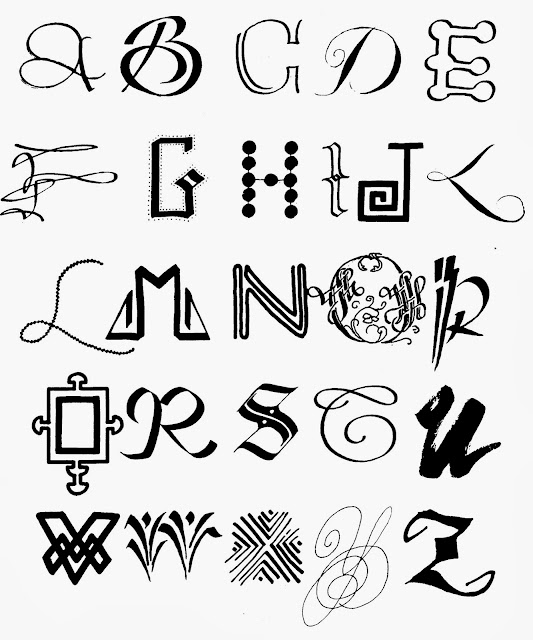 By doing these fun activities, your child will create memories of each letter!
By doing these fun activities, your child will create memories of each letter!
Let’s dive into my exciting activities to learn the letter M!
Activity #1: Letter Collages
Letter crafts are a great way to practice letter recognition! Focusing on one specific letter and creating something special will help them recognize and remember the letter.
For the letter M, we created monsters! This was SO much fun because what kid doesn’t love to put 1,000 google eyes on their crafts?
How to do this activity
A. Materials you need
- cardstock paper
- art tray
- googly eyes
- pipe cleaners
- pom-poms
- glue
View Amazon's Price
B. Set-up
Create a bubble letter M on a piece of cardstock with a marker!
C.
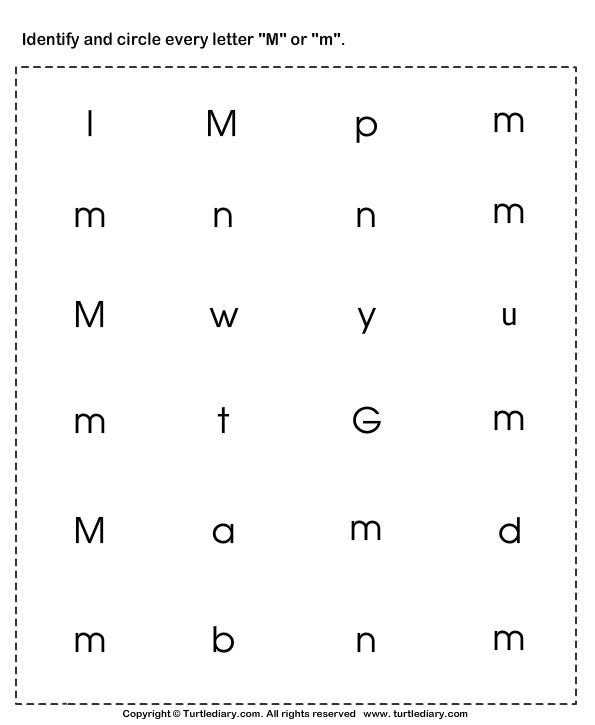 Activity
Activity
You can either choose to cut the letter out or just keep it on the paper!
Have your little one use their creativity to make a monster. It can have a lot of eyes, teeth, hair, and warts all over.
RELATED: Letter F Crafts and Activities
Activity #2: Do-A-Dot Letter Search
Who doesn’t love mess-free art?! Do-A-Dot paint markers pretty mess-free as long as your little one doesn’t wipe them all over their hand, wishful thinking, right?!
This printable is a perfect way to let you know if your little one can differentiate upper and lower case letters!
How to do this activity
A. Materials you need
- A-Z Letter Do-A-Dot Sheets
- Do-A-Dot markers
A-Z Letter Do-A-Dot Printable
View Amazon's Price
B. Set-up
Print off the pages and get the paint markers ready!
C.
 Activity
Activity
Your little ones with use the paint markers to place specific colored dots on the upper case letter and lower case letters! This is a wonderful way to also work on color-coding skills!
If you don’t have do-a-dot markers, you can use crayons to do this activity as well!
RELATED: Teaching Resources
Activity #3: Tape Resist Art
I love how tape resist art turns out! It’s so cool to see the outline of the object when you are done!
Your kids will be amazed to see their letters jump out at them after they are done painting. This is a wonderful way to include both upper and lower case letters into art for kids.
How to do this activity
A. Materials you need
- colored masking tape
- watercolors
- paintbrush
- art tray
- cardstock paper
View Amazon's Price
B.
 Set-up
Set-up
Create an upper and lower case letter M on the piece of cardstock paper with the masking tape! Also, grab some water for the watercolors.
C. Activity
Paint around both of the letters. When they are done, they can pull off the tape gently! They can see the outline of the letters! They will love seeing what they created!
RELATED: The BEST Sensory Bins for Kids
Activity #4: Find and Cover
A great manipulative to use for hands-on learning activities is counting cubes! There are so many ways these can be used.
One of the ways I love to use them is by doing a Find and Cover activity! This is an activity that focuses on one letter at a time. It also focuses on both the upper and lower case letter.
How to do this activity
A. Materials you need
- Find and Cover printable
- counting cubes
Click HERE for your Find had Cover Letter Printables.
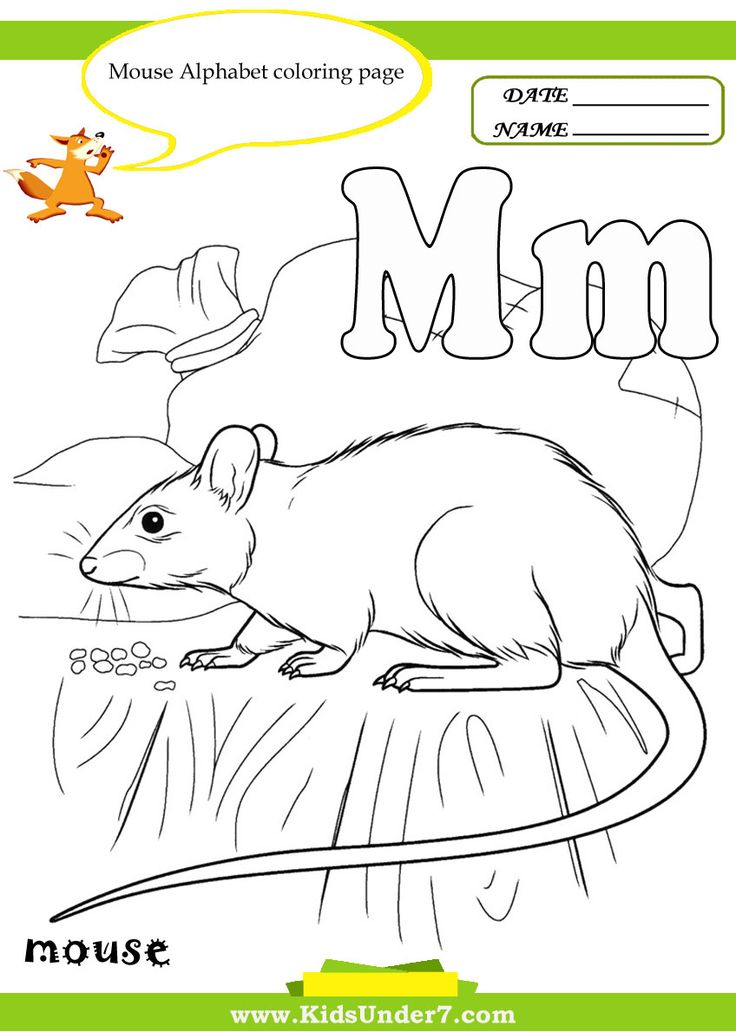
View Amazons Price
B. Set-up
Print off the letter M and any other letter you want to work on with your little one.
C. Activity
Have your child identify the letter. Then, have them tell you which one is upper case and which one is lower case. Explain to them what a key means. Show them that they are to look at the key to see what color represents the upper and lower case letters.
They should place that colored counting cube on the correct letters!
RELATED: ABCDeeLearning’s Teacher’s Pay Teacher’s Store
Activity #5: Play-Doh Letter Building
Whenever I pull out the Play-Doh, the kids play for it for at least a half-hour. You know, that’s kind of a big deal, right? Most of the time, it’s longer than that, but at least a half-hour!
Since Play-Doh is so engaging for kids, it makes for a wonderful learning activity!
How to do this activity
A.
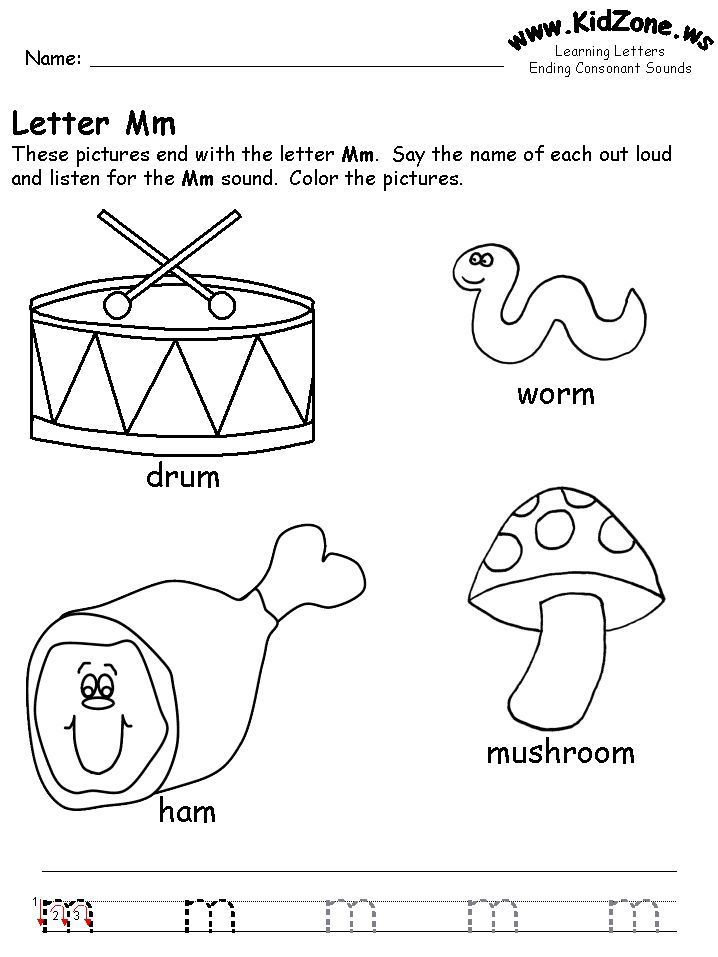 Materials you need
Materials you need- My Letter Play-Doh mats
- Play-doh
- dry erase folders
Click HERE to grab your Letter Play-Doh Mats! (Upper and Lower case letter included)
View Amazon's Price
B. Set-up
Print off the letters that you want to work on! Then, place them inside a dry-erase folder for your little ones to build on. This way, it won’t get the sheet dirty, and you can save and redo it repeatedly.
C. Activity
Your little ones should roll and create the letters using Play-Doh. You can have them match the colors that are on the sheet, or you can use whatever color you’d like. They should try to create the letter by following the lines!
RELATED: 15 SIMPLE Letter C Activities
Activity #6: Salt Painting
Have you ever tried salt painting? It always turns out SO pretty!
Kids love watching the paint flow throughout the salt. It’s a relaxing way to paint, and the kids will love trying a new way to create art.
It’s a relaxing way to paint, and the kids will love trying a new way to create art.
How to do this activity
A. Materials you need
- cardboard
- pencil
- glue
- salt
- watercolors
- paintbrush
- art tray
View Amazon's Price
B. Set-up
On your piece of cardboard, draw the letter M with a pencil. Then, outline the letter in glue. Make sure to place the cardboard on an art tray for the next part! Shake a whole bunch of salt all over the glue, then dump the access in the trash.
*You have to let the glue dry before you start painting, or else it will be REALLY messy!*
C. Activity
Have your little ones use the watercolor paints to paint the salt! It looks terrific, too, when you mix different colors throughout the letter.
RELATED: 15 Easy Letter B Activities
Activity #7: Magic Milk Experiment
Magic milk is a classic experiment that is always a hit each time we try it!
It’s so fun to watch the colors move around and spread out.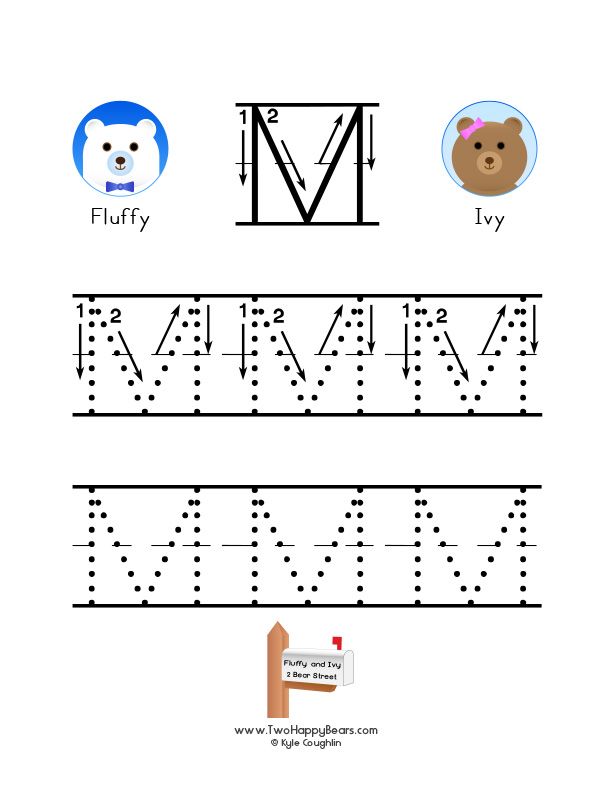 It’s a really simple experiment that preschoolers can do.
It’s a really simple experiment that preschoolers can do.
How to do this activity
A. Materials you need
- milk
- food coloring
- bowl
- dish soap
- Q-tip
View Amazon's Price
B. Set-up
In a bowl, add some milk. Add the food colors that you want to mix.
We have done this for some holidays or just for fun, so it doesn’t matter what colors you choose!
C. Activity
Dump some milk into a bowl! Add a few drops of whatever food coloring you want.
Grab a Q-tip and a little dish soap. Dip the Q-tip into the dish soap and put it in the milk.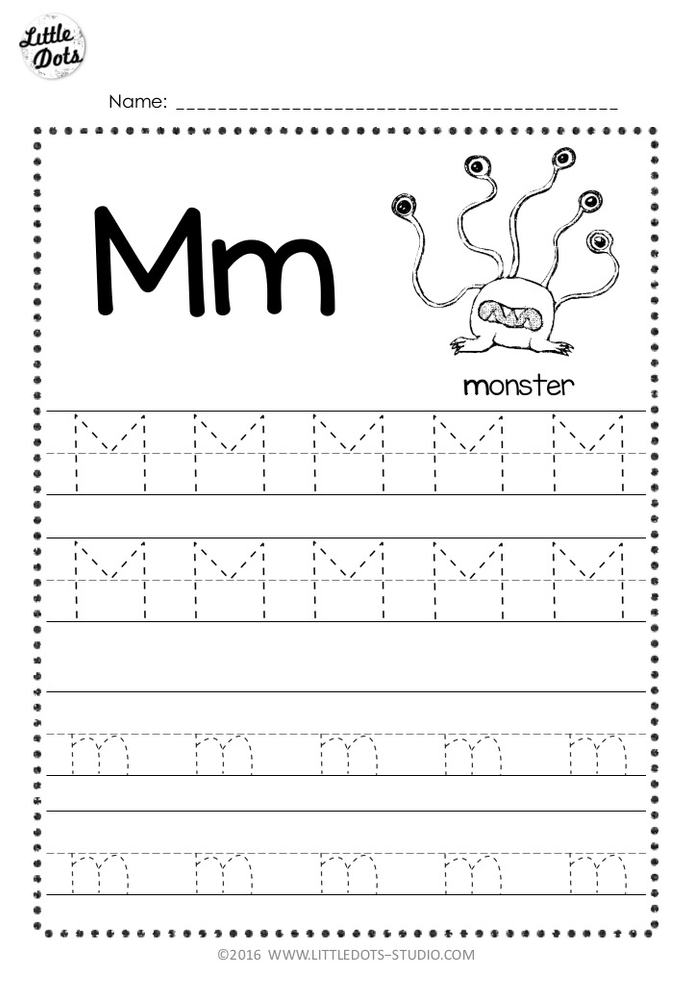
See how the colors spread out! You can play and mix the colors up! Such an easy and cool experiment.
RELATED: Valentines Day Activities for Kids
Activity #8: Beginning Sounds
Talking about animals or objects that start with the letter will help bring the letter to life for your little one.
These beginning letter worksheets are a perfect way to show your little one some fun things that start with the letter M!
How to do this activity:
A. Materials you need
- Beginning Sound Letter Sheets
- crayons
Click HERE to grab your Beginning Sound Letter Sheets.
View Amazon's Price
2. Set-up
Print off the worksheet and grab your crayons!
3. Activity
Go through each of the objects or animals inside the letter M. Say each thing’s name and make each object’s beginning sound before saying the whole word.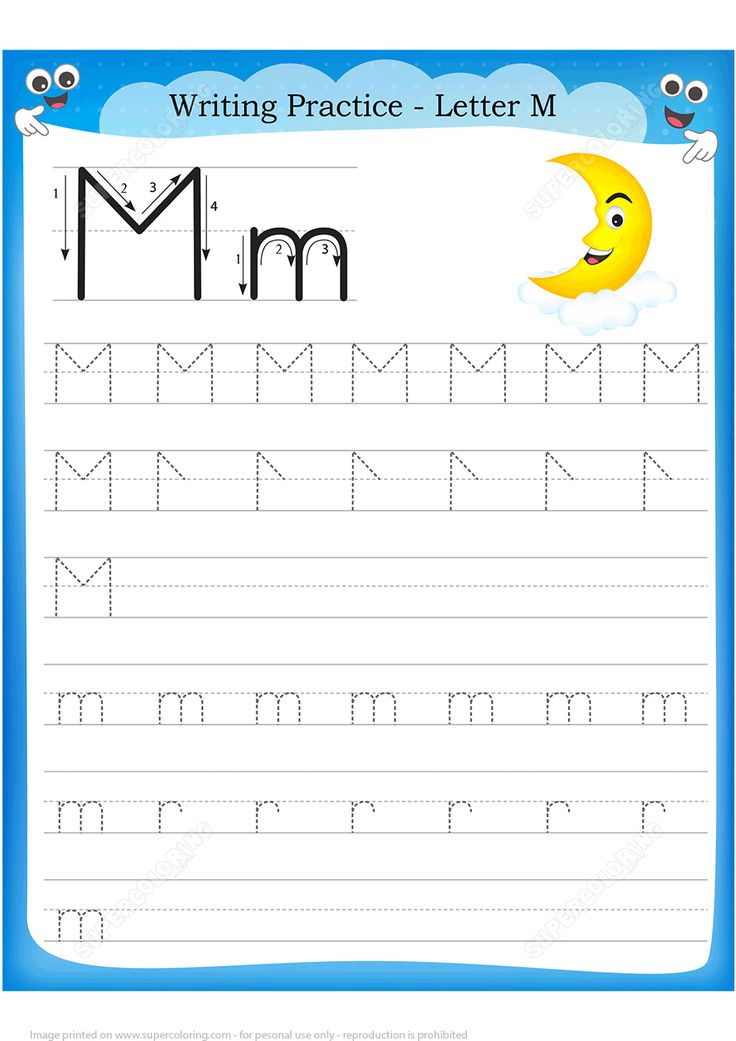 This will help your little one understand the starting sound of each picture they see.
This will help your little one understand the starting sound of each picture they see.
They will color each thing that starts with the letter M!
I have beginning sound sheets for each letter of the alphabet! Create a booklet to go over each of the sounds that the letters make. This will make for a great resource to use repeatedly.
RELATED: Teaching Resources
Activity #9: Geoboard Letters
Do you remember using these boards as kids? I remember loving when my teacher pulled them out so we could play and create with them!
Work on creating letters with the geoboard! This is not only a wonderful way to work on letter-building skills, but it’s a great fine motor activity for kids!
How to do this activity
A. Materials you need
- geoboard letter printable
- rubberbands
- geoboards
Click HERE to grab your Geoboard Lower Case Letter Printable.
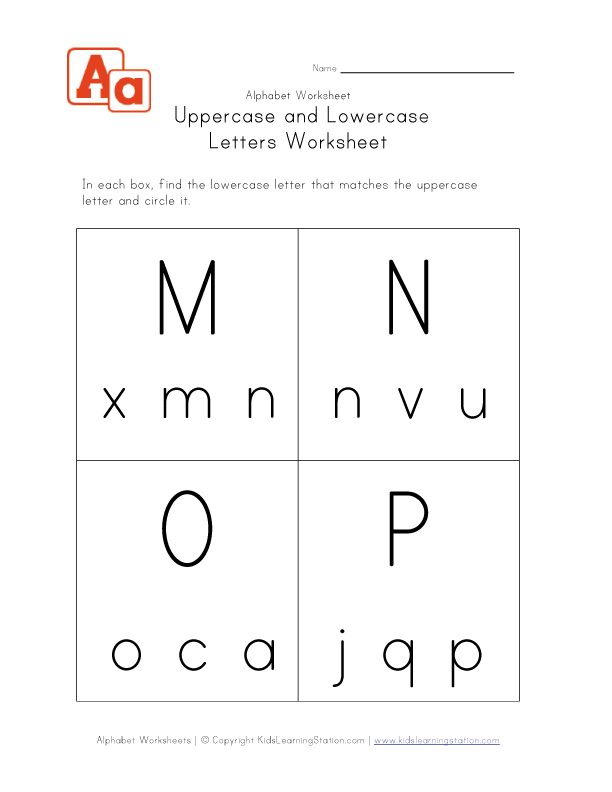
View Amazon's Price
B. Set-up
Use my geoboard letter worksheets to help your little ones build the letters! Print off the letter M and any other letter you want to work on.
C. Activity
Your little one will use the rubber bands to build the letter M. Younger ones can use the worksheets to help guide them on building the letter. Older children can be challenged by trying to do it on their own!
RELATED: Fun Fine Motor Activities for Kids
Activity #10: Alphabet Magnetic Sensory Bin
Have you ever used magnetic wands? They are a blast for the kids! It’s so fun to pick up magnetic objects! It’s a great experiment to go around to see what is magnetic and what is not!
This specific bin doesn’t just focus on the letter M. It works on ALL the alphabet letters. But, since magnetic starts with M, this is perfect.
How to do this activity
A.
 Materials you need
Materials you need- rainbow rice
- magnetic wands
- magnetic letters
- FREE Alphabet match worksheet
- sensory bin
Click HERE to grab your FREE Letter Search mats
View Amazon's Price
B. Set-up
For a filler for this bin, I used rainbow rice. Below are directions on how to make this!
Place magnetic letters inside the rice upside down so the kids can pick it up with the wand.
*How to create rainbow rice*
a. Dump 1 cup of rice into a ziplock bag.
b. Add in a few drops of food coloring or liquid watercolors.
c. Close the bag and shake it up until it’s covering all the rice
d. On a baking sheet, place parchment paper down and dump the rice onto the paper to dry. Make sure to spread it out to dry quicker.
e. Repeat this process for all the colors you want to do!
C.
 Activity
Activity
The kids will use the magnetic wands to pick up the letters. Once they get one, they will identify the letter and then match it to the letter on the worksheet!
Review each letter of the alphabet this way!
RELATED: Alphabet Activities for Preschoolers
Activity #11: Mud Writing Tray
I love creating writing trays for my kids to practice handwriting skills. It’s engaging for them, and it’s frustration-free because there are no lines they have to worry about.
This is an excellent way to introduce handwriting to kids! Pudding is a tasty and great writing tray filler. Chocolate pudding looks like mud, right?
How to do this activity
A. Materials you need
- art tray
- chocolate pudding
- mud letter traceable
Click HERE for your Mud Tracing Letter Printables
B. Set-up
Make pudding using the directions on the box. Once it’s done, scoop it out onto the tray.
Once it’s done, scoop it out onto the tray.
C. Activity
Print off my mud traceable and place the letters you want to practice on the side or in front of the tray.
They will create the letter the best they can in the “mud” with their finger. In-between each letter, they may need to wipe their finger.
RELATED: The BEST Sensory Bins for Kids
Activity #12: Letter Sprinkle Sweep
When are sprinkles not a good idea?
When you mention that sprinkles are involved in a learning activity, I promise your kids are going to come bounding in ready to see what’s going on.
How to do this activity
A.
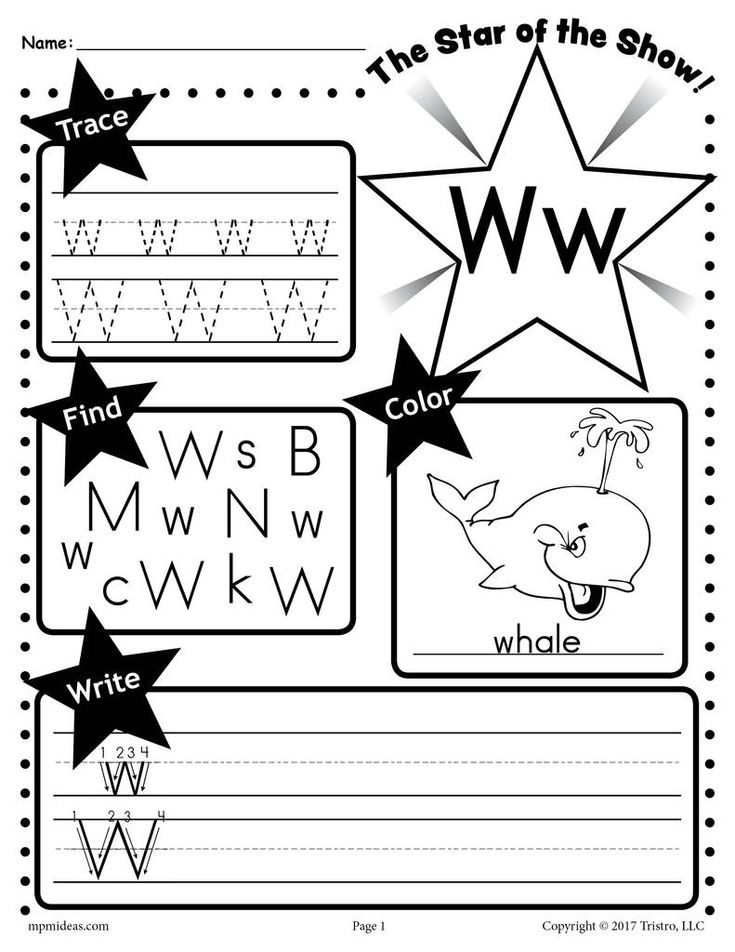 Materials you need
Materials you need- art tray
- cardstock paper
- marker
- sprinkles
View Amazon's Price
B. Set-up
On cardstock paper, write a big bubble letter M. Place a tray underneath the paper to help with the mess.
C. Activity
Dump a bunch of cookie sprinkles onto the tray. Ask your little one to use the paintbrush to “sweep” the sprinkles into the letter. They will use as many sprinkles as they need to to try to fill in as much of the letter as they can!
This is an excellent activity to work on fine motor skills and letter recognition, and pre-writing skills!
RELATED: FUN Handwriting Activities For Kids
Activity #13: LEGO Letters
Got a kiddo who loves to use building with blocks? This activity will be right up their alley!
LEGO’s are an open-ended toy that I absolutely love using for learning activities.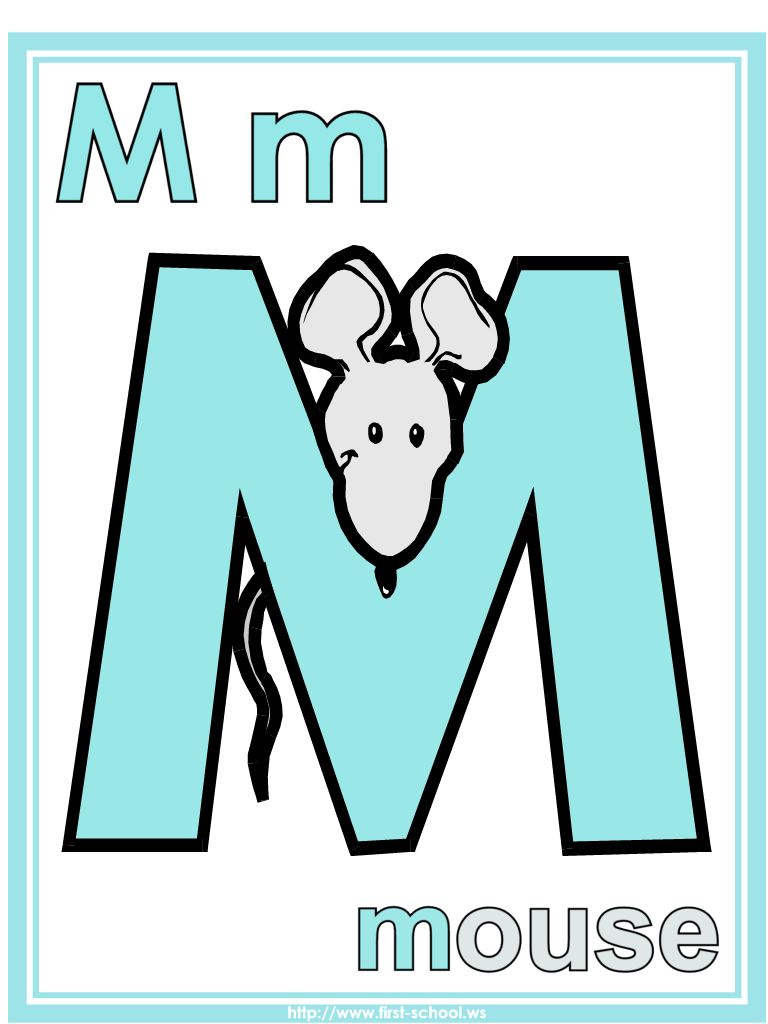 The possibilities are endless when it comes to using them!
The possibilities are endless when it comes to using them!
Building letters is just one way that they can be used! This is a wonderful hands-on learning activity that helps kids understand how each letter shape is formed!
How to do this activity:
A. Materials you need
- LEGO Letter Building Mats
- LEGO’s
Click HERE for your LEGO Letter Mats
View Amazon's Price
B. Set-up
Print off the sheets and grab your LEGO’s.
C. Activity
Your child will use the blocks to create the letter M. You can have them use little or DUPLO blocks for this activity. This activity asks them to identify each letter is they create and how many blocks it took for them to create the letter.
If you decide to do more letters than just M, they can see the letters’ differences!
RELATED: The BEST Open-Ended Toys For Kids
Activity #14: Popsicle Stick Letter Building
Building letters with popsicle sticks work on SO many different learning skills.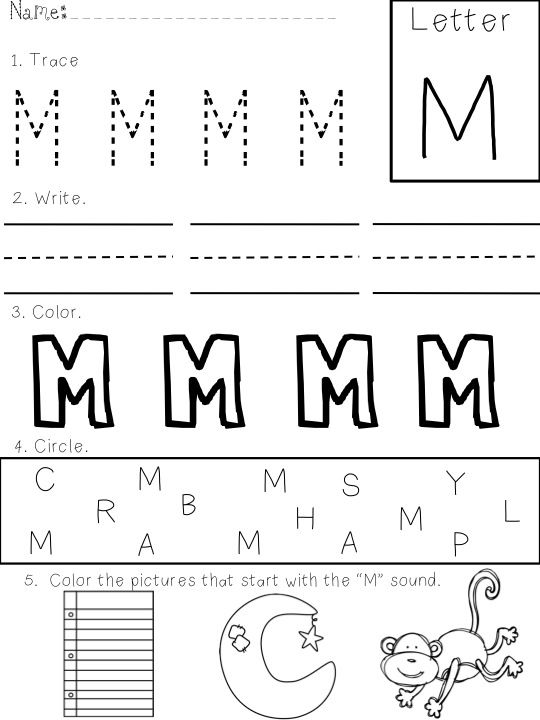
This specific activity works on letter recognition, counting skills, STEM skills, and pre-writing skills! It’s perfect for school centers or just for home learning!
How to do this activity
A. Materials you need
- Popsicle stick letter cards
- popsicle sticks
- pencil
Click HERE for your Popsicle Stick Letter Cards
View Amazons Price
B. Set-up
Print off the letter cards and grab the popsicle sticks!
C. Activity
Your kids will use the cards to help them know how to create each letter! Count how many popsicle sticks it takes to create the letters.
RELATED: My 10 Favorite Learning Supplies
Activity #15: Color Coding Letters
Want to try a beginner color-coding activity that’s perfect for preschoolers? I love that it works on several skills with just 1 easy setup as well!
This activity works on color recognition, color matching, number recognition, and letter building! Wow, that’s pretty amazing if you ask me.
How to do this activity
A. Materials you need
- cardboard
- plastic bottle caps
- Sharpie
- dot stickers
- pom poms
- kid-friendly tweezers
View Amazons Price
B. Set-up
Inside the bottle caps, place a dot sticker with the numbers 1-3 written on them. Older children can have more numbers and colors!
Create the letter M on the cardboard with the bottle caps in a mixed-up order. Write what each number signifies on the side; you can use a pom too for younger ones. Older kiddos can work on color sight word recognition.
C. Activity
Have your child use the key to place the correct colored pom in each bottle cap to create the letter M! This works on letter building, color recognition, and number recognition!
Want to add in some fine motor skills? Have them use tweezers to pick up and place the poms inside the caps!
RELATED: FUN Fine Motor Activities for Kids
Final Thoughts and Conclusion
Individual letter activities are a fantastic way for kids to really grasp letter recognition of each letter of the alphabet! Doing some of these activities will help your little ones remember each letter of the alphabet.
To go along with these activities, I suggest reviewing the alphabet letters once a day for at least 5 minutes. That’s it! 5 minutes is all it takes if you consistently go over the information with them; you’re going to see how they can pick up the information if repeated daily.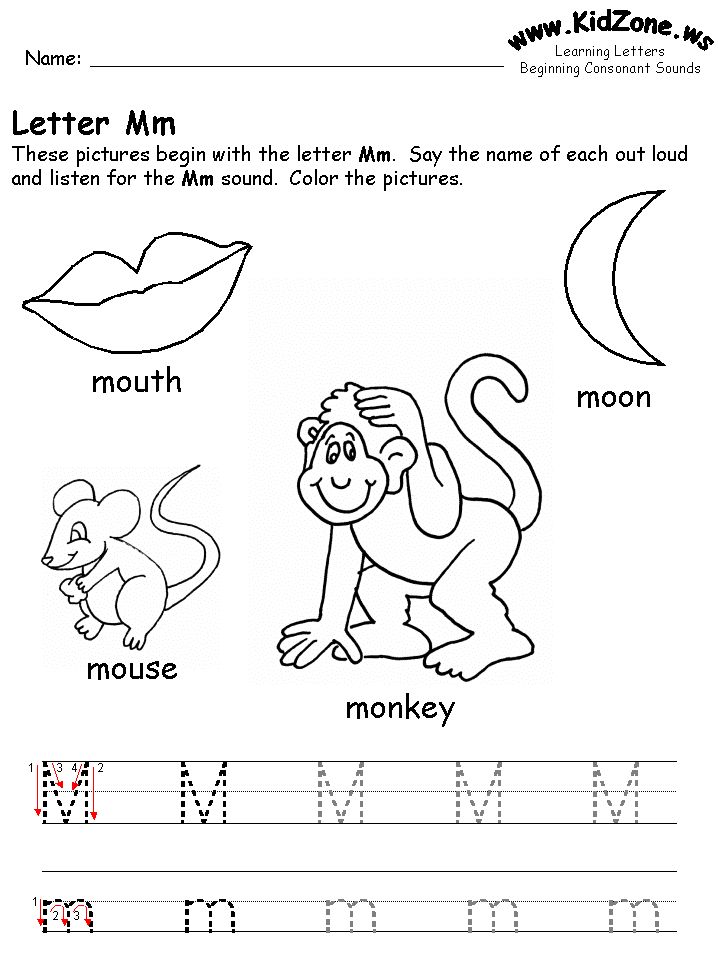
Do you have a favorite activity that you do in your classroom or at home with your kids for the letter M? Our community would love to hear about it! We all benefit from sharing our teaching strategies and activities. Leave a comment below to let us know about some ways you like to teach the letter.
Happy Learning!
prescriptions is not scary. How to teach children to write through a fun game
Many children before school willingly write in large block letters, sometimes they skip letters, sometimes some of the letters are reversed, but they still like to write! But now they go to school, and the prescriptions become a nightmare. Why? And how to change it? By Zhenya Katz.
Different countries have different attitudes about whether it is necessary to write letters without separation, whether copybooks and calligraphy are needed, and if so, from what age. In England and the United States, children write more in single block letters.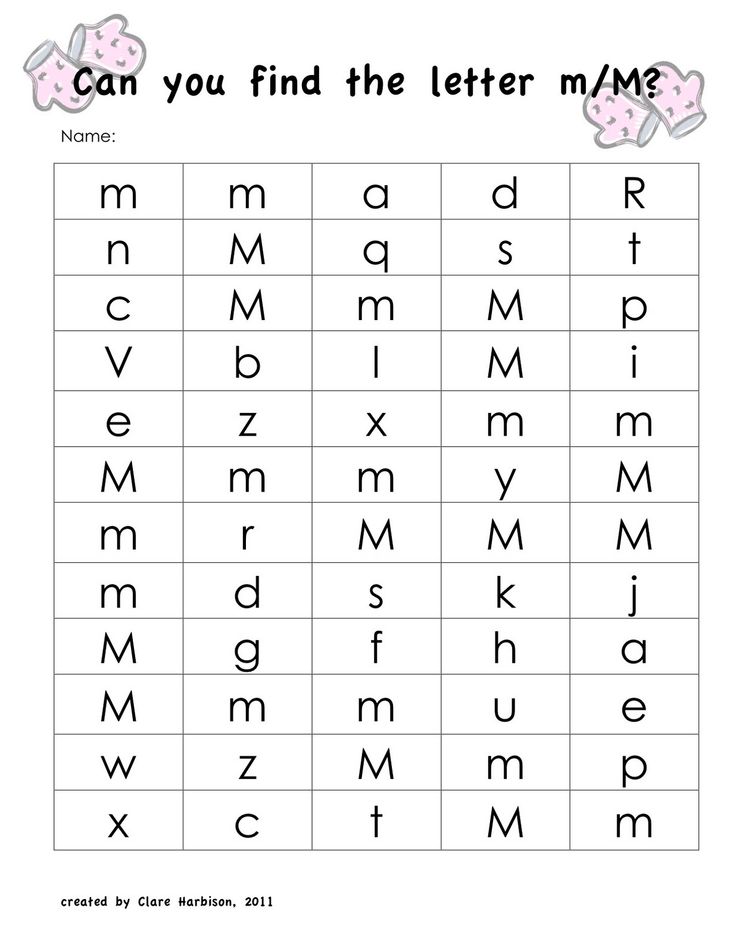 In France, prescriptions are written, and they insist on it. In China, they start learning hieroglyphs early. nine0003
In France, prescriptions are written, and they insist on it. In China, they start learning hieroglyphs early. nine0003
Many psychologists and physiologists agree that it is not useful for all children to write letters without interruption, and they recommend writing separate letters without trying to write everything together.
What's the problem with capital letters? Is it possible to learn to write beautifully by hand calmly and without tears? At what age is it better to start? How often do I return to copybook assignments? Is it possible to learn to write beautifully if bad handwriting has already formed? The answers to these questions are of great interest to parents and teachers. nine0003
Let's start with the fact that all children are different, and the difficulties in mastering writing are also different. Depending on the situation, it is necessary to choose suitable games and solution methods. What are the most common writing difficulties?
Weak hand, weak fine motor skills, the child quickly gets tired of holding a pencil and putting pressure on it
In such a situation, it is important to offer feasible written tasks - and select convenient written materials.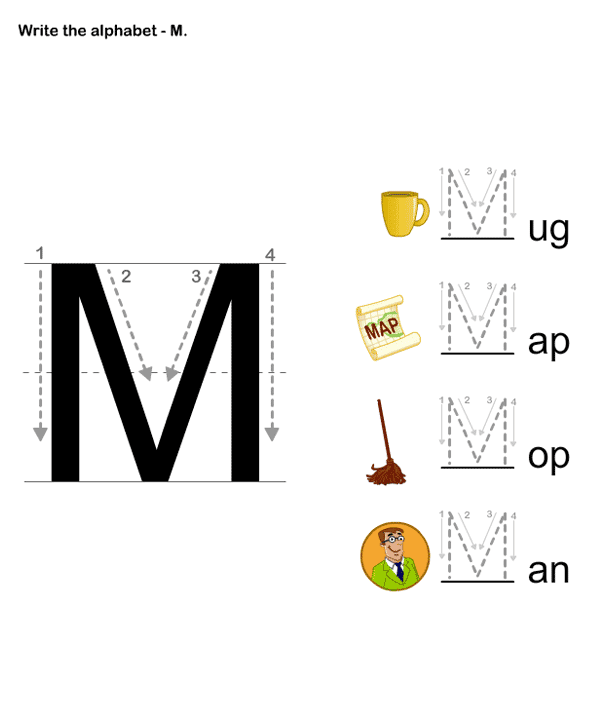 Sometimes parents, seeing the difficulties, decide that they just need to postpone all activities related to pencils until the child himself wants to. nine0003
Sometimes parents, seeing the difficulties, decide that they just need to postpone all activities related to pencils until the child himself wants to. nine0003
As a result, we meet a child about whom the parents say: “You know, he is 6 years old, but he has not yet chosen which hand to write with, and as a result, he writes neither right nor left.” This is also not very true. Let him write and draw at least a little, let him write with different materials, but you should not completely put off these exercises.
It is unlikely that a child who is not used to drawing at all will suddenly learn to write beautiful sticks and letters just because he gets older and goes to school
In our group there are often children with weak motor skills who find it difficult to hold a pencil. We keep thick triangular pencils 4B or at least 2B especially for them. You can write with soft felt-tip pens, brushes, wax crayons. nine0003
Some teachers in this situation give a thin hard pencil, they say, let them work hard so that the line can be seen.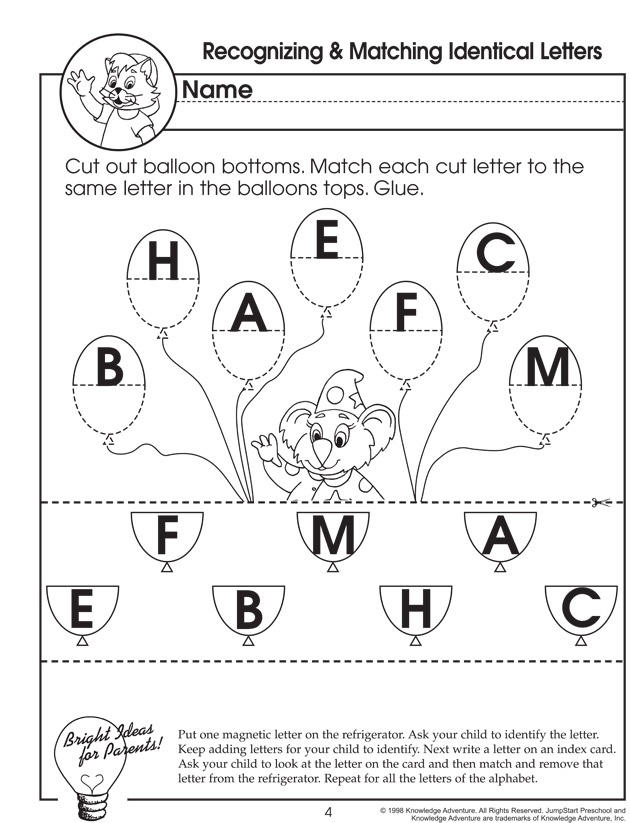 This often leads to the fact that children strain even more, squeezing the pencil, and get tired much faster. We advise, on the contrary, to give such materials with which it is easy and pleasant to draw, and the result was immediately visible.
This often leads to the fact that children strain even more, squeezing the pencil, and get tired much faster. We advise, on the contrary, to give such materials with which it is easy and pleasant to draw, and the result was immediately visible.
Many children like to write with chalk on asphalt, write with berry juice on large sheets, play with semolina or foam and write letters on them.
For children whose hand gets tired quickly from writing, it is important to gradually increase the load. The more tired they are, the worse they hold the pencil. On the other hand, if a child does not like and cannot write at 4-5 years old, and cannot write his name, then sometimes parents think that you just have to wait - it will get better by itself. And then - bang - and the first class, and immediately you have to write a lot by hand, and in all subjects - in Russian, in mathematics, and then more homework! Parents suddenly catch on, start insisting on beautiful handwriting, children get upset, refuse, get angry.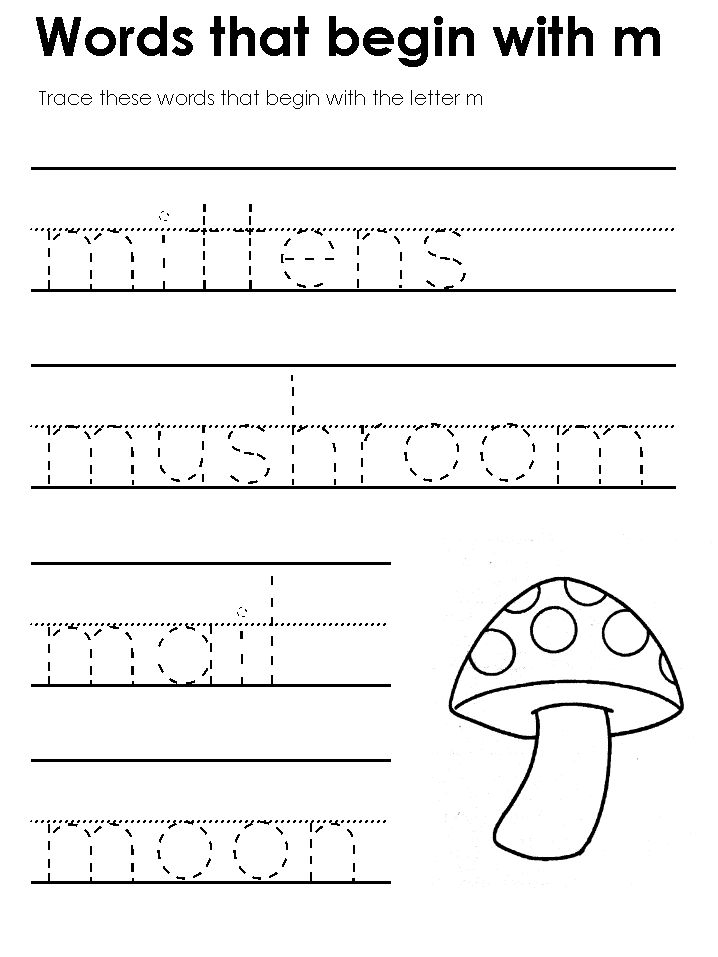 This is not the most pleasant scenario for everyone, frankly. nine0003
This is not the most pleasant scenario for everyone, frankly. nine0003
We usually start by asking at 4-5 years old to sign the name on the pictures, then the name and title, then we call the child to help us write the shopping list, the guest list, the pie recipe. We play drawing, where any funny squiggle is good. We come up with a variety of games with letters, gradually adding different written versions of word games.
It is difficult for a child to write in small letters
If we see that the child cannot draw a straight line, it does not work out or carefully paint over, circles do not work, the line trembles - we must start with very large samples. Do not try to write small letters, squeezing them into narrow rulers. nine0003
Do the opposite: take a huge piece of paper and write a letter on it. You can take an A4 sheet and put it in a transparent file folder, or laminate sheets with large letters - one letter per whole sheet.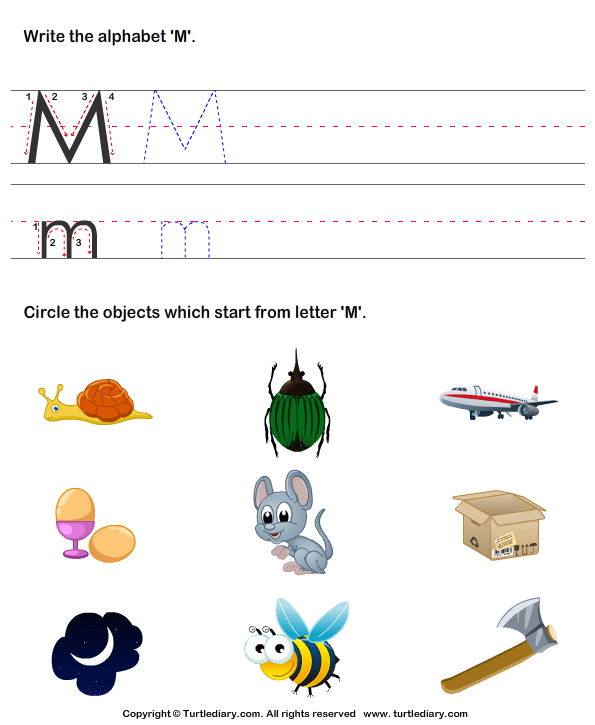 And then we write in transparent with a marker for the board.
And then we write in transparent with a marker for the board.
In this case, we fix the motor image of the letter, but at the same time we do not run into problems with fine motor skills. You can write giant letters with a stick on the sand, with a sponge on the bathroom wall, or with chalk on the asphalt. Which, in my experience, does not help much - shading and playing with small Lego. nine0003
Parents are often surprised: they say, how bad motor skills can be, he plays Lego for hours!
Alas. Lego requires completely different movements, not the same as for writing. And the ability to connect cubes and bricks does not help in any way the smooth coordinated movements that are needed for capital letters.
My friend, mother of nine children Olesya Likhunova, told how she taught all her children to write: they did not start with letters, but with a variety of games with clay and plasticine, so that the child had good motor skills, an eye, and good coordination eye-hand.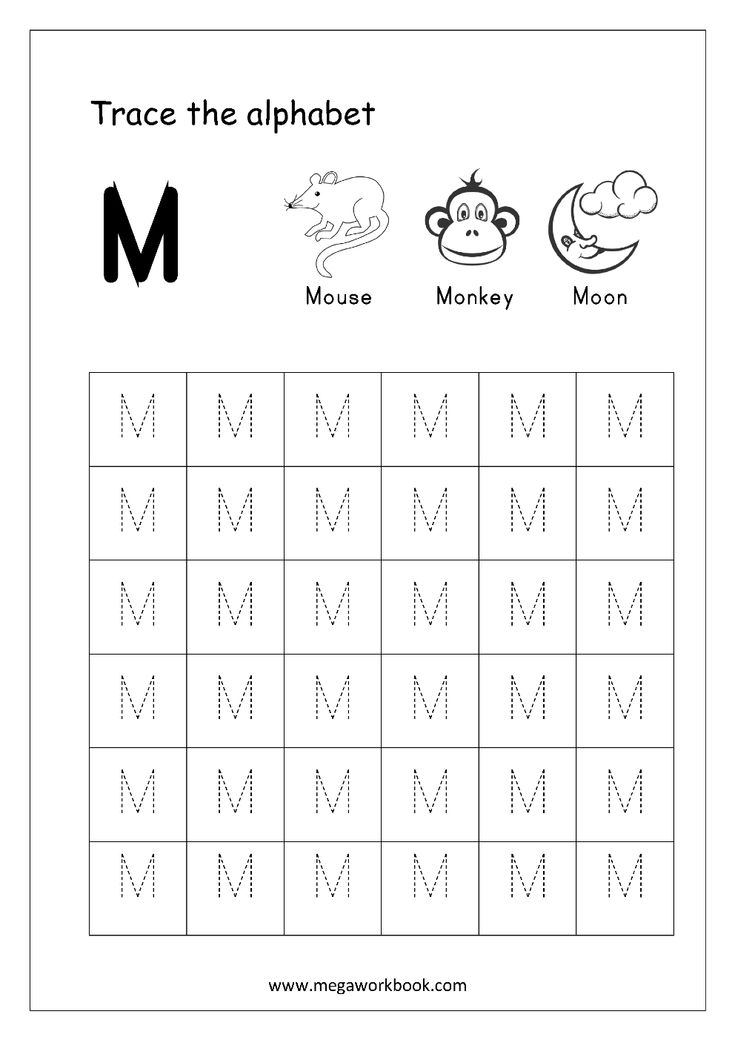 After that, they took a large sheet and drew one letter on the whole sheet. One huge! First, the mother draws, and the child traces this letter with his finger. Then he tries to write with a felt-tip pen. And the most beautiful of the five attempts is shown to all households and boasted: “Look, what our Petya is like! No one taught him capital letters, and today he wrote such a beautiful “A”!” nine0003
After that, they took a large sheet and drew one letter on the whole sheet. One huge! First, the mother draws, and the child traces this letter with his finger. Then he tries to write with a felt-tip pen. And the most beautiful of the five attempts is shown to all households and boasted: “Look, what our Petya is like! No one taught him capital letters, and today he wrote such a beautiful “A”!” nine0003
Ideally, to make a notebook from wide rulers for first-graders who find it difficult to write small letters. You can give a teacher who will conduct classes with first-graders a stack of paper with large rulers. If we want the child to form an image of a letter, then it is useful to write each letter in a variety of ways:
- with your hand in the air
- sponge on bathroom wall
- chalk on asphalt
- sand or pavement sprinkler nine0055 colored water on snow
- tassel on large sheet
- with a finger or the whole palm - on clay, semolina, sand or shaving foam.
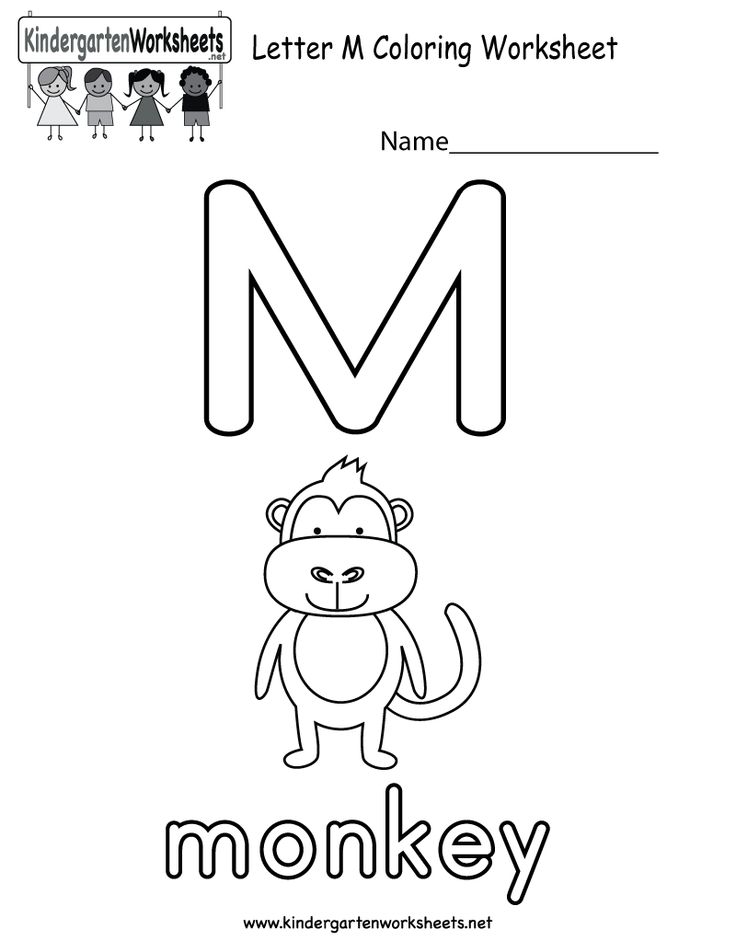
It is useful to lay out letters from sticks, from plasticine sausages, from shoelaces, from nuts and designer parts.
Outlining letters along dotted lines is not so useful, but drawing a family of similar baby letters around a sample letter is good and useful.
You can also make letters-matryoshkas of different sizes, one inside the other, or draw letters on a hill and under a hill, drawing a sheet diagonally. nine0003
The child can write letters, but they turn out “wrong”
It happens that the child’s image of the letter is not formed very accurately, and he does not understand what width, height the letter needs to be written in order to come out beautifully. Or he simply doesn’t remember which way the tail of B or D is, or confuses the written letters H and C. In this case, it is useful to draw the same letter with chalk, lay it out from counting sticks, from a handful of rice or beans, from plasticine sausages. It is important to use different materials so that you can easily change the proportions of the letter and see if it gets better. You can draw a line on which we draw letters, not straight, but curved so that "the letters go over the mountains", and then it's not scary that one letter leans to the right, the other is bent - it's even funnier. In general, the more play and laughter there will be in your classes, the better! nine0003
You can draw a line on which we draw letters, not straight, but curved so that "the letters go over the mountains", and then it's not scary that one letter leans to the right, the other is bent - it's even funnier. In general, the more play and laughter there will be in your classes, the better! nine0003
The child is distracted and confuses the letters
My brother in the first grade wrote "the first of December" instead of "February" because he mixed up the letters and did not like writing. And he wrote this ill-fated "Devra" all month long, both in class and at homework. In such a situation, different attention games work well: for example, find all the written letters "d" among the written letters "c", "f" and "b".
You can do small tasks every day like a correction test - for attention and accuracy. You can compose funny phrases in which all the words begin with this letter: "The purple lantern snorted at the violets." "A good melon perforated the oak.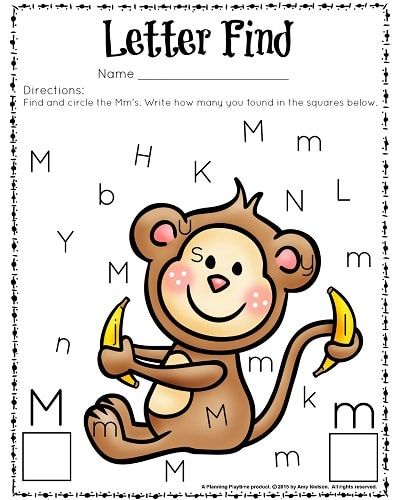 " nine0003
" nine0003
Child forgets how letters are spelled and what they look like
Some children have difficulty reading and writing because they cannot remember what letters look like. Adults are used to the fact that this icon denotes this sound. And for children, all these icons are often too similar. In this case, we need alphabets in pictures. This is called "forming an association with the image of a letter." We advise you to take the "ABC" by Daria Gerasimova, there in the book "ABC with transformations" each letter has its own image, and there is a rhyme to it. nine0003
You can collect the letter A from watermelon seeds or orange rings, O - from cucumber rings, P - from sticks, W - from cones, F - from dates or pistachios, K - from chestnuts, etc. Then the image of the letter will be associated with the material.
You can remember and write down different words that begin with this letter. We draw the letter "A" and around it we write down and draw different words that begin with this letter: bus, arch, acrobat, orange, watermelon. Then we draw the letter "B" - and a squirrel, a ram, a banana, a drum, a bun appear around it. nine0003
Then we draw the letter "B" - and a squirrel, a ram, a banana, a drum, a bun appear around it. nine0003
What do children like to write about?
According to my observations, children are most likely to write their name, their compositions, fairy tales, homemade books, tips for finding treasures, inscriptions on their maps, price tags when playing shop, tickets when playing theater, their order when playing games. a cafe. Many children are ready to write their own name at least ten times in a row, and at the same time they are ready to experiment, write letters of different sizes, decorate letters with curlicues, write each letter in a new color, master written letters (not all letters, but only their own name), write wide letters or narrow, high or low. nine0003
You can add an element of randomness to the games with prescriptions. We throw a dice, and how many points fell out, so many times we draw the selected letter or the selected short word. When the work is divided into small observable pieces, it is much easier to do it, and it is not so scary to start. Perhaps at some point the child will see that there is not much left - and he will simply add letters to the end of the line himself.
Perhaps at some point the child will see that there is not much left - and he will simply add letters to the end of the line himself.
If we are only teaching a child to write, it is important to separate literate writing and writing
It is very difficult to learn everything at once, to have time to follow the spelling, the meaning, the beauty of the letters. And therefore, it is most reasonable to separate these aspects of learning. And in any case, there is no need to rush a child who is having a hard time.
Let's say that in the exercise we are focusing on writing correctly. Then we start by choosing those words that most children can write without errors. Let there be no unchecked vowels, and even unstressed ones. And let it be clear whether the letter is voiced or voiceless at the end. It is not necessary to write off, you can choose pictures - and write captions to them. House, cat, whale, bow, beetle, lamp, table, chair, fox, wolf, hand, porridge, sofa, robot, arch, forest, park, Christmas tree - it's hard to make a mistake in these words. We print pictures - without words, and ask the child to choose any 5 cards and write captions for them! And we can, with a clear conscience, praise everyone who wrote so many words correctly. And then you can come up with funny combinations with these words: “the house flies”, “blue cat”, “red whale”, “fun bow” - and write them off too. Or you can attach separate cards with adjectives to the words that we already know how to write - and write down the funniest. For this, by the way, cards from the game "triple nonsense" are great. Or you can flip through the pages of a paper cutter and write down the resulting nonsense. If we want to teach children to compose, to write meaningful texts, at this moment we must put aside both literacy and the beauty of letters. Let him write at random, skipping letters, making mistakes, erasing and crossing out, as long as the ideas in the text are interesting and the plot is fascinating. As one teacher friend says, let them write an essay with a million mistakes! But by yourself! nine0003
We print pictures - without words, and ask the child to choose any 5 cards and write captions for them! And we can, with a clear conscience, praise everyone who wrote so many words correctly. And then you can come up with funny combinations with these words: “the house flies”, “blue cat”, “red whale”, “fun bow” - and write them off too. Or you can attach separate cards with adjectives to the words that we already know how to write - and write down the funniest. For this, by the way, cards from the game "triple nonsense" are great. Or you can flip through the pages of a paper cutter and write down the resulting nonsense. If we want to teach children to compose, to write meaningful texts, at this moment we must put aside both literacy and the beauty of letters. Let him write at random, skipping letters, making mistakes, erasing and crossing out, as long as the ideas in the text are interesting and the plot is fascinating. As one teacher friend says, let them write an essay with a million mistakes! But by yourself! nine0003
And if we focus on calligraphy, then at this moment there is no need to find fault with speed, literacy, etc.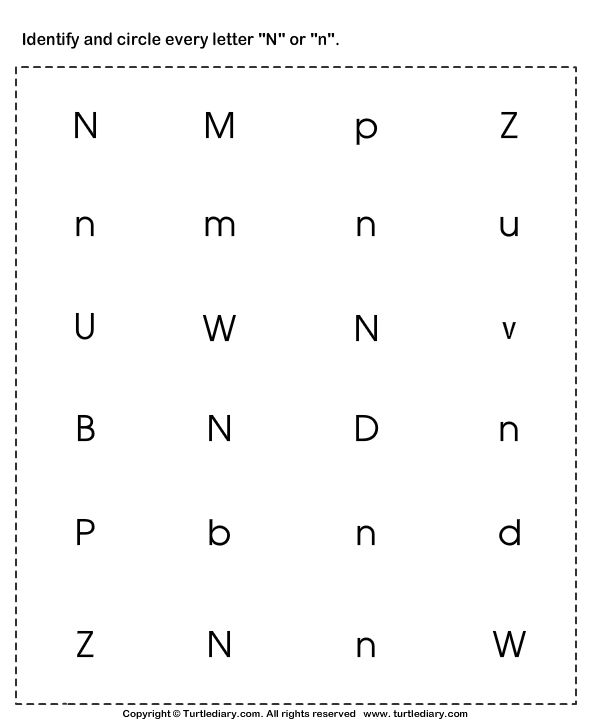 Copybooks at school are given so that children learn to write quickly and can quickly take notes. The idea is great, but according to the research of many psychologists, calligraphy goes well at 9-10 years old, and for many six-year-olds, writing is difficult. For uninterrupted writing, they need to strain their hand very much, they get tired, they begin to squeeze the pen in their hand even more strongly, a tremor appears, the letters tremble and “slide” off the line. nine0003
Copybooks at school are given so that children learn to write quickly and can quickly take notes. The idea is great, but according to the research of many psychologists, calligraphy goes well at 9-10 years old, and for many six-year-olds, writing is difficult. For uninterrupted writing, they need to strain their hand very much, they get tired, they begin to squeeze the pen in their hand even more strongly, a tremor appears, the letters tremble and “slide” off the line. nine0003
Is it possible to change the situation and make copybook work a pleasant experience?
If we want to write beautifully and be interesting, then we need to start with motivation. If we just force it, then the child gets tired quickly, starts to get distracted, writes worse and worse. And if you allow yourself to choose in what order to write off the words, what will change? Does he write less? Then let's let him set his own order!
You can arrange a lesson-quest and invite the child to choose 5 or 10 words that he is ready to write neatly and beautifully.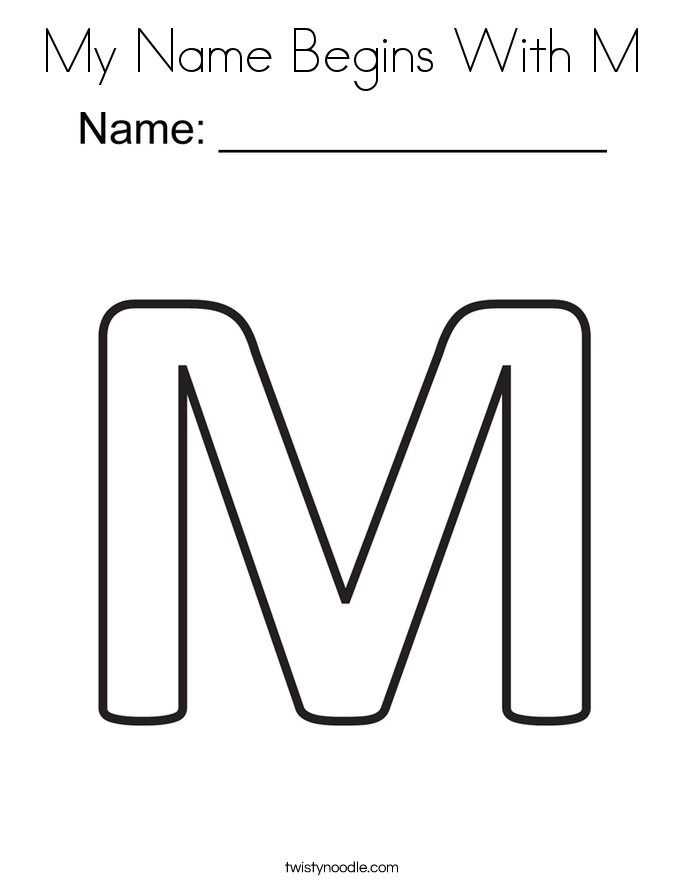 nine0003
nine0003
You can also offer to do a nice half of the task and not finish the second part. You can offer to write off your favorite poem, anecdote or the lyrics of a song instead of a text from a textbook. Or you can make a homemade picture book. Or write down a story invented using story cubes. You can write a birthday guest list or a grocery shopping list. And you can share responsibility: a child comes up with one phrase, and an adult writes it down, and vice versa. The adult invents, the child writes. Let it be funny nonsense - inventing and writing funny things is much more interesting! nine0003
If we want children to write more on their own and understand written letters better, we can leave them notes written by hand more often
And at first it will be notes written in large capital letters, and then you can write some words in capital letters or even everything. If a child cannot read italics, then learning to write in cursive does not make sense. It will copy the text as a picture without dividing it into individual letters and words.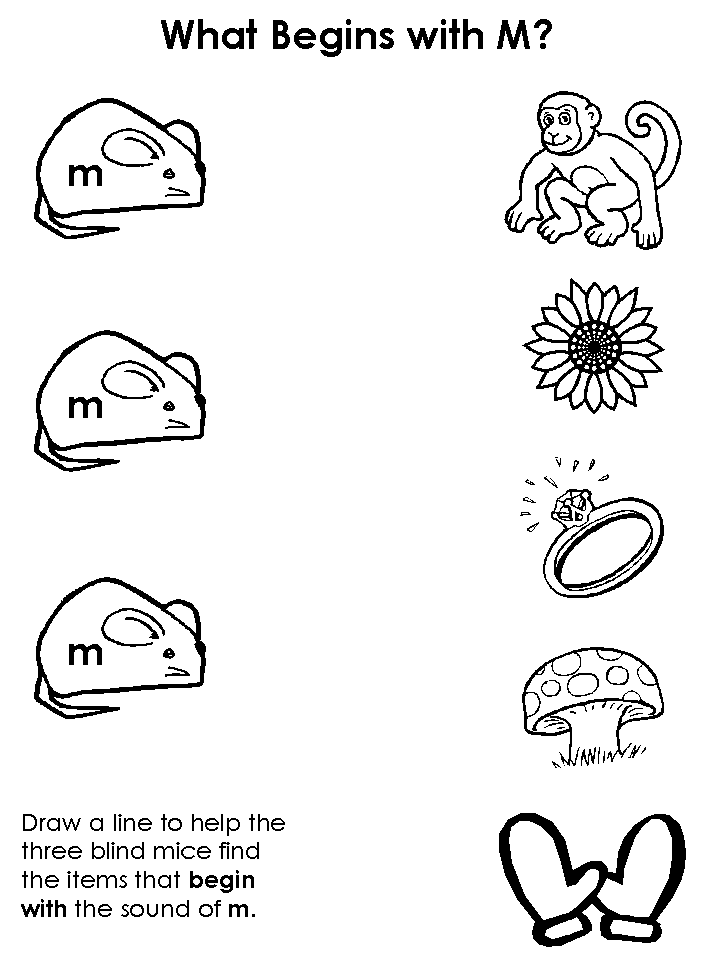 And this will be mechanical copying, which will not help you learn how to write each of the letters separately. nine0003
And this will be mechanical copying, which will not help you learn how to write each of the letters separately. nine0003
Bonus: for adults
I recommend two exercises for adults to remember how they feel about writing: take a pencil or pen in an unaccustomed hand, and write a number and the words "homework". And then you can try to change the color of the pen after each letter. Please note that in adults the image of the letter is formed, you do not need to remember how to write "a" and in which direction the tail of "d", but still writing with an unusual hand is not very easy. When you write a text, you do not have such difficulties, you think, and the hand itself writes the necessary squiggles. But if you have to stop after each letter (you - in order to change the color, and the child - to remember how this or that letter is written), then there will be more errors, you can easily skip the letter too. nine0003
Writing is a difficult skill, and for many children it is the most difficult thing to write without stopping. Let's separate writing speed and accuracy then. If we want beautiful letters, then we will not rush and customize. Those letters that are convenient to write together, he will write together. This, for his convenience, was invented by idea.
Let's separate writing speed and accuracy then. If we want beautiful letters, then we will not rush and customize. Those letters that are convenient to write together, he will write together. This, for his convenience, was invented by idea.
When I hear that it is very easy for children in the first grade, there is practically nothing to do, I understand that the parents forgot about the letter and the prescription. The older the children, the harder the hand, and the easier it is for them to master writing skills. But this skill takes a lot of work. And the task of parents at this moment is to help and support the child. Teach a first-grader to rest and relax his hand, find an erasable pen - or agree with the teacher that he can write with a pencil and correct mistakes. nine0003
Good luck to you and your children on this difficult journey.
You are in the "Blogs" section. The opinion of the author may not coincide with the position of the editors.
11 amazing and beautiful alphabets of the world
Not everyone who learns a new language necessarily gets acquainted with the new alphabet: today many languages of the world use familiar alphabets, in particular Latin or Cyrillic.
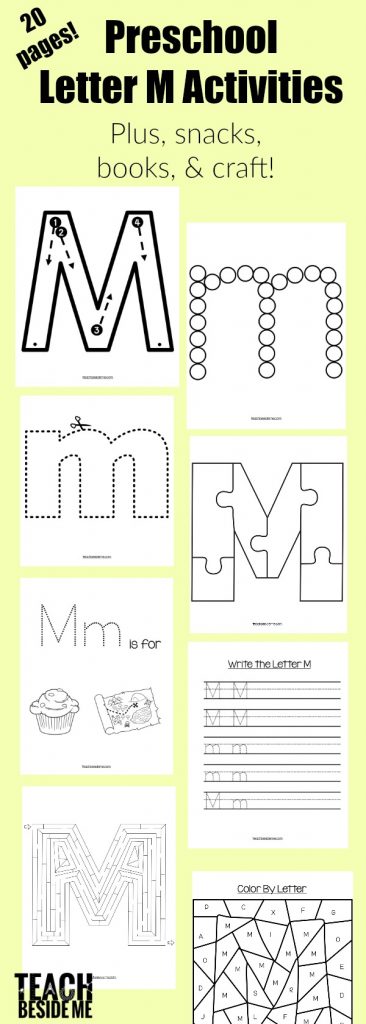 However, if you happen to be lucky enough to learn a language with a unique alphabet, it can be a fun and exciting experience. We talk about the 11 most amazing alphabets in the world and, together with an expert, share the secrets of learning them using the example of the Georgian language. nine0015
However, if you happen to be lucky enough to learn a language with a unique alphabet, it can be a fun and exciting experience. We talk about the 11 most amazing alphabets in the world and, together with an expert, share the secrets of learning them using the example of the Georgian language. nine0015 Most people who only know their own script don't understand that different alphabets work in completely different ways. The way the Cyrillic or Latin alphabet works is by no means universal: for example, in some alphabets, the basic units are not letters representing individual vowels and consonants, but graphemes, which represent whole ideas or concepts. In other alphabets, the base units are syllables rather than individual sounds, and still others are built on combinations of vowels and consonants. nine0003
Writing direction: left to right
Number of characters: 38
The Armenian alphabet was developed around 405 AD. e. Mesrop Mashtots, Armenian linguist and spiritual leader.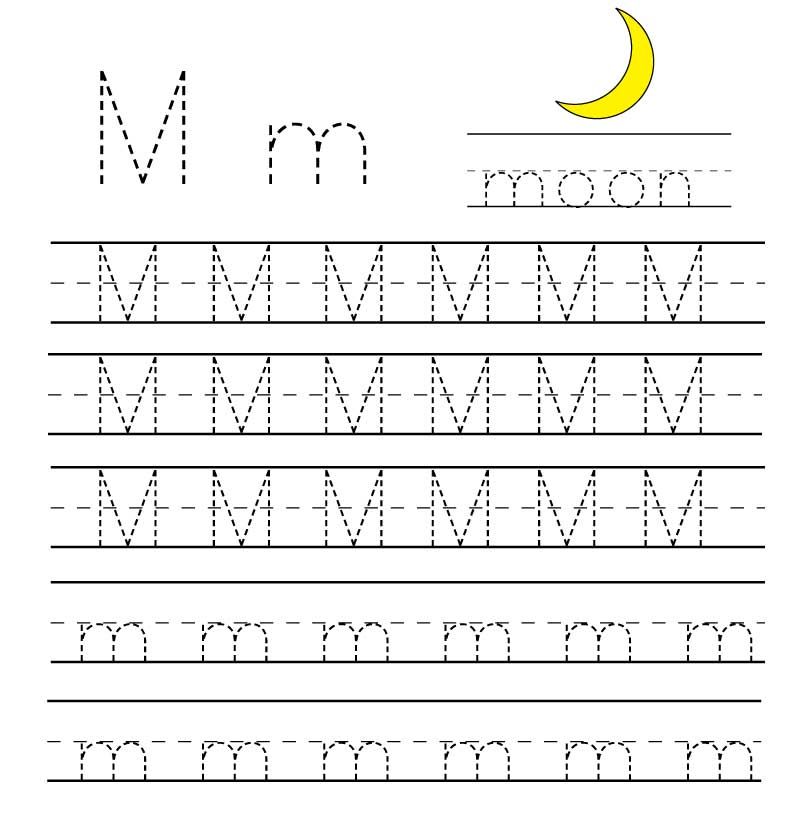 Initially, the system had 36 letters, but three more were subsequently adopted. The alphabet was widely used in the Ottoman Empire around the 18th-19th centuries, and the Armenian language itself is a linguistic curiosity: some of its sounds are not found in other Indo-European languages.
Initially, the system had 36 letters, but three more were subsequently adopted. The alphabet was widely used in the Ottoman Empire around the 18th-19th centuries, and the Armenian language itself is a linguistic curiosity: some of its sounds are not found in other Indo-European languages.
Writing direction: left to right
Number of characters: 47 (33 consonants and 14 vowels)
The Balinese alphabet belongs to the Abugida writing system, one of the main characteristics of which is that the basic units are combinations of consonants and vowels with an emphasis on consonants. The alphabet is mainly used in Bali, Indonesia, where it is commonly known as Aksara Bali and Hanacaraka . The Balinese alphabet is a descendant of the Brahmi script and is today used to write Balinese, Old Javanese and Sanskrit, although the first two have largely switched to the Latin alphabet. nine0003
Although the Balinese script is similar to many other Asian languages, it is unusually complex and beautiful. Today, this alphabet is most often used for religious purposes, such as in sacred manuscripts, especially those related to Hinduism. It was once believed that the very writing of this language was sacred and could not be deciphered or even taught unless one had sufficient spiritual power.
Today, this alphabet is most often used for religious purposes, such as in sacred manuscripts, especially those related to Hinduism. It was once believed that the very writing of this language was sacred and could not be deciphered or even taught unless one had sufficient spiritual power.
Writing direction: left to right
Number of characters: 45 (34 consonants and 11 vowels)
The Burmese alphabet is another descendant of the Brahmi script and consists of beautiful and intricate twists and curls. The alphabet can be traced back at least ten centuries and, like other abugidas, its letters are essentially syllables, with marks known as "diacritics" added to the consonants to indicate the vowel to be used. in syllable. Traditionally written Burmese did not have spaces between words, however modern usage has included word spacing in Burmese as this makes the text easier to read. The alphabet consists of round shapes that are always drawn in a clockwise direction, and the reason for the signature roundness is more practical than aesthetic: palm leaves, which were traditionally carved with letters, were easily torn under straight cuts.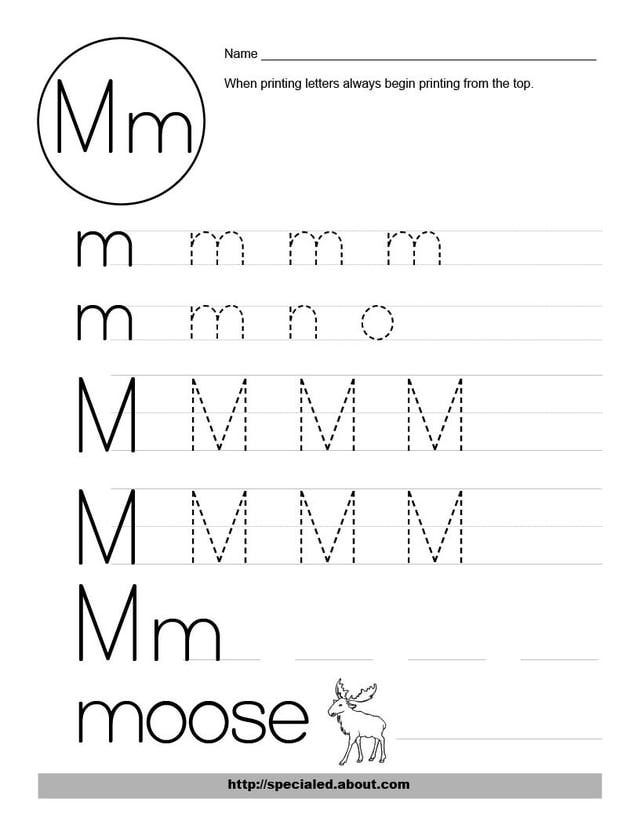 nine0003
nine0003
Writing direction: left to right
Number of characters: 38 in the classical alphabet, 33 in the modern alphabet
Sitting between Turkey and Russia, Georgia has its own language and alphabet, which have historically been threatened by the Russian language. The Georgian script is the three writing systems used to write the Georgian language: Asomtavruli, Nuskhuri and Mkhedruli. Although the systems differ in appearance, all three are single-row, and their letters have the same name and alphabetical order. Of the three alphabets, Mkhedruli, once the civil royal script of the Kingdom of Georgia, is now the standard script for modern Georgian and its related Kartvelian languages, while Asomtavruli and Nuskhuri are used only by the Georgian Orthodox Churches in ceremonial religious texts and iconography. nine0003
Philologist, bilingual, Georgian language teacher since 2014, author of the Georgian language course at the AZRI online school:
The principle of analogy and the uniqueness of language
Learning any foreign language implies a tangible restructuring of the worldview, it is always a journey.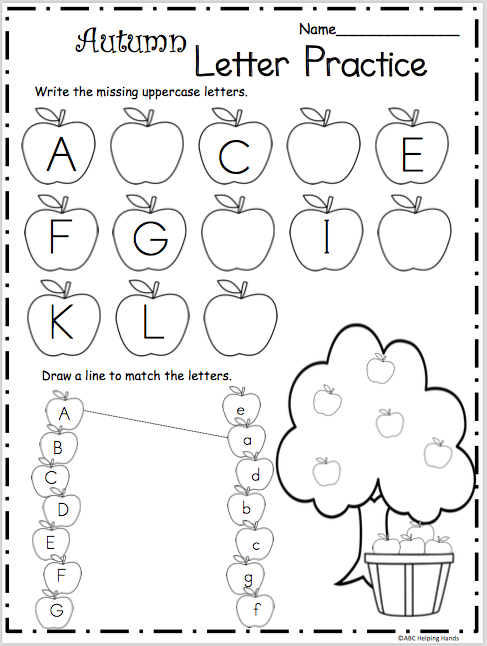 And when we come across ancient and rare languages with unique writing, it is also time travel. A significant difference and dissimilarity with our native language in both alphabet and grammar can cause cognitive dissonance. Here I can give the following advice: on the one hand, one should not expect that the language being studied will be so similar to the native or already studied one that one has only to translate the words - and the desired result is obtained. On the other hand, it is quite natural to look for support in the same school course of linguistics, which is served on the example of native and foreign languages. We are very lucky that the grammatical system of the Georgian language largely coincides with Russian, as well as, for example, with French and Spanish. Intersections with other languages can and should be relied upon, because the principle of analogy helps us to cope with the gap between the familiar and the new that we encounter when we start learning a language.
And when we come across ancient and rare languages with unique writing, it is also time travel. A significant difference and dissimilarity with our native language in both alphabet and grammar can cause cognitive dissonance. Here I can give the following advice: on the one hand, one should not expect that the language being studied will be so similar to the native or already studied one that one has only to translate the words - and the desired result is obtained. On the other hand, it is quite natural to look for support in the same school course of linguistics, which is served on the example of native and foreign languages. We are very lucky that the grammatical system of the Georgian language largely coincides with Russian, as well as, for example, with French and Spanish. Intersections with other languages can and should be relied upon, because the principle of analogy helps us to cope with the gap between the familiar and the new that we encounter when we start learning a language. At the same time, it is always important to remember that each language is unique and, of course, all analogies have their limits. nine0003
At the same time, it is always important to remember that each language is unique and, of course, all analogies have their limits. nine0003
Use as many channels of perception as possible
In teaching Georgian, it is relatively easy to influence several channels of perception and activate different types of memory of students due to the fact that the phonetic principle of writing works in it: this means that each of the 33 letters corresponds to exactly one sound and As a result, everything reads exactly as it is written. This is a big plus for all students: in fact, there are no and cannot be any reading rules in Georgian, Georgian words do not need to be transcribed, it is enough to know what sound a particular letter stands for. To reinforce each letter, for example, in the course of our school, we first of all use visual perception (in text, pictures and animations) and auditory perception - we provide voice acting and phonetic video materials for each letter. We also add a tactile component thanks to specially designed recipes - by analogy with those used by Georgian schoolchildren.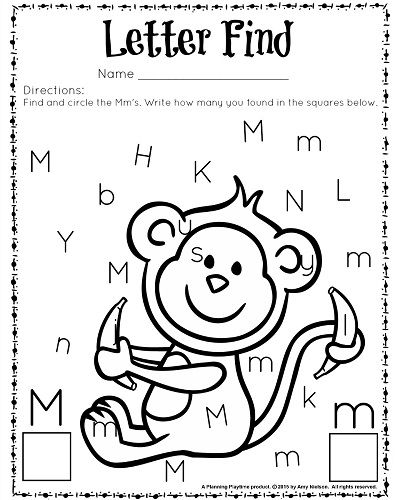 Of course, this method is not universal, but when studying a rare and unique language, one should try to "attack" the brain with information from several sides at once. There are many proven techniques: you can listen to audio material and "follow" the transcript with your eyes, "mock" the speaker by copying his intonations, take dictation - all these are techniques of increased efficiency. nine0003
Of course, this method is not universal, but when studying a rare and unique language, one should try to "attack" the brain with information from several sides at once. There are many proven techniques: you can listen to audio material and "follow" the transcript with your eyes, "mock" the speaker by copying his intonations, take dictation - all these are techniques of increased efficiency. nine0003
Individual approach
The process of processing new information is individual, everyone learns new material at different speeds - this is an axiom. But at the same time, there is much that is universal in the mechanism of perception. For example, the associative and game methods are very effective. What does it mean? Most people find it easier to assimilate information by first integrating it into their reality. Having tied this or that information to our consciousness with the help of individual associations, we appropriate this information, it ceases to be alien, it becomes part of us.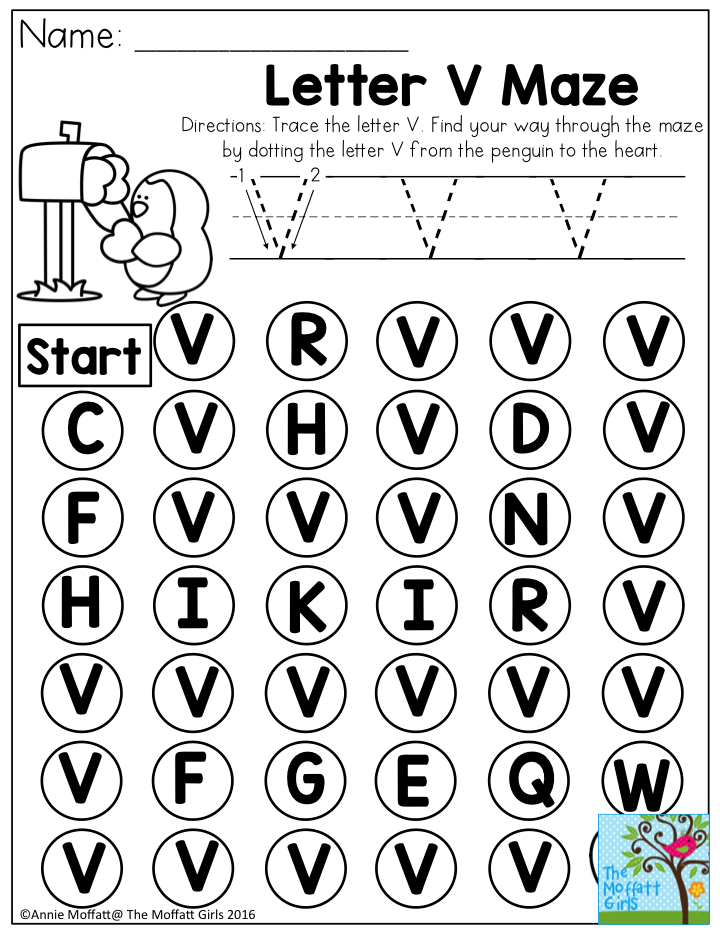 These two tools - associations and a game - must be used in conjunction, because it is impossible to make a game that does not suit you a part of your life. Let's say one student spends a lot of time in transport. Mobile applications for learning new words that use the spaced repetition method are perfect for him: in a playful way and with the help of associations, they help, as it were, quietly master a large layer of information. And another student, for example, walks a lot, he can play with himself: call in the language that he is currently studying, all the objects that he meets on the way along a repeating route. In this way, he will create this space anew - for his new linguistic personality, which is formed for each language he learns. Associative links will stretch between these objects, it will “come to life”. nine0003
These two tools - associations and a game - must be used in conjunction, because it is impossible to make a game that does not suit you a part of your life. Let's say one student spends a lot of time in transport. Mobile applications for learning new words that use the spaced repetition method are perfect for him: in a playful way and with the help of associations, they help, as it were, quietly master a large layer of information. And another student, for example, walks a lot, he can play with himself: call in the language that he is currently studying, all the objects that he meets on the way along a repeating route. In this way, he will create this space anew - for his new linguistic personality, which is formed for each language he learns. Associative links will stretch between these objects, it will “come to life”. nine0003
Writing direction: right to left
Number of characters: 22
The Hebrew alphabet is the Abjad alphabet, a branch of the Imperial Aramaic alphabet used to write Hebrew and other Jewish languages, primarily Yiddish, Judeo-Spanish, Judeo-Arabic, and Judeo- Persian.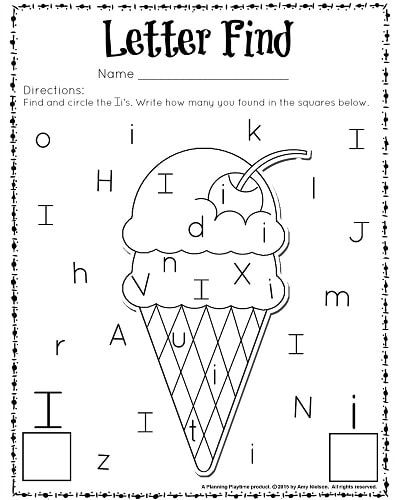 Historically, two separate abjad alphabets have been used to write Hebrew. The original Hebrew script, known as the Paleo-Hebrew alphabet, is largely preserved in a variation of the Samaritan alphabet. In contrast, the current "Hebrew script" or "square script" is a stylized form of the Aramaic alphabet. The Hebrew alphabet does not have capitals, consists of 22 letters, but when used at the end of a word, five letters have different forms. The Arabic and Hebrew alphabets share similarities because both are derived from the Aramaic alphabet and Paleo-Hebrew. nine0003
Historically, two separate abjad alphabets have been used to write Hebrew. The original Hebrew script, known as the Paleo-Hebrew alphabet, is largely preserved in a variation of the Samaritan alphabet. In contrast, the current "Hebrew script" or "square script" is a stylized form of the Aramaic alphabet. The Hebrew alphabet does not have capitals, consists of 22 letters, but when used at the end of a word, five letters have different forms. The Arabic and Hebrew alphabets share similarities because both are derived from the Aramaic alphabet and Paleo-Hebrew. nine0003
Writing direction: top to bottom, left to right
Number of characters: 25
Ogham script is another unusual and beautiful font that most people do not even recognize as an alphabet, but take it for decorative painting. However, this is actually a Celtic tree-like alphabet, many of whose letters have their own names, traditionally referring to trees and shrubs. The Ogham script was used for writing in Early Irish and Old Irish, and although it is no longer actively used (except in neopagan rituals), inscriptions can be found throughout Ireland and parts of Britain. nine0003
nine0003
Writing direction: left to right
Number of characters: 86
The Cherokee alphabet is unique not only in its spelling, but also in how it appeared. Unlike most other known styles, it was not developed over time, in the distant past, but was invented quite recently, at the beginning of the 19th century. What is even more amazing is that it was invented by a man named Sequoyah, who had not been able to read before, not only in his native Cherokee language, but in any language at all. After several unsuccessful attempts, during which he first tried to create a symbol for each word of the Cherokee language, and then for all possible concepts, he finally created a more practical alphabet with a symbol for each syllable. The symbols are based on those that Sequoyah found in European books, but since he could not read them, the relationship between letters and sounds is his own invention, which is completely different from the original Latin or Greek letters and sounds.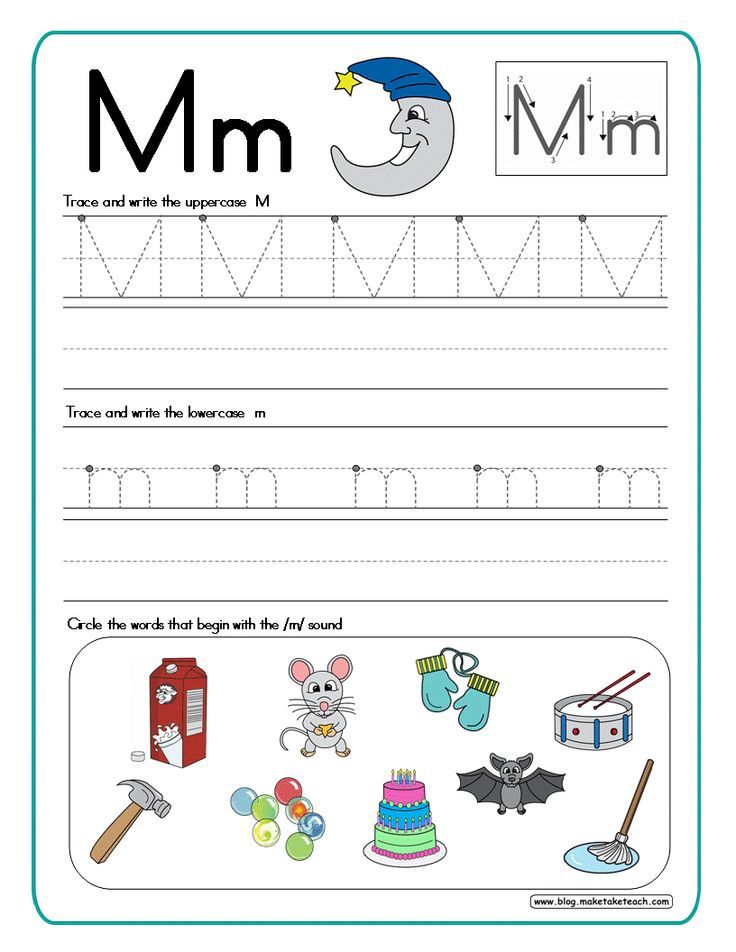 It took the Sequoia about 12 years to complete their alphabet, but it took much less time for it to be adopted by the Cherokee people, despite their initial skepticism and resistance. nine0003
It took the Sequoia about 12 years to complete their alphabet, but it took much less time for it to be adopted by the Cherokee people, despite their initial skepticism and resistance. nine0003
Writing direction: left to right
Number of characters: 33 in the basic alphabet (21 consonants and 12 vowels), 54 in the extended alphabet (36 consonants and 18 vowels)
The Sinhalese alphabet is also part of a family that developed from the Brahmi script. The alphabet is widely used in Sri Lanka to write the Sinhalese language, as well as Sanskrit and Pali in religious texts. The Sinhalese alphabet consists of two sets of letters, which is why it is sometimes said that they are actually two separate alphabets. The basic set of letters is used to write words in the native Sinhala language, and the extended set is used for words from Pali, Sanskrit and sometimes English. Sinhalese is considered one of the most widely spoken scripts in the world - still taught in Buddhist monasteries and schools, the language is native to more than half of Sri Lanka's 21 million people.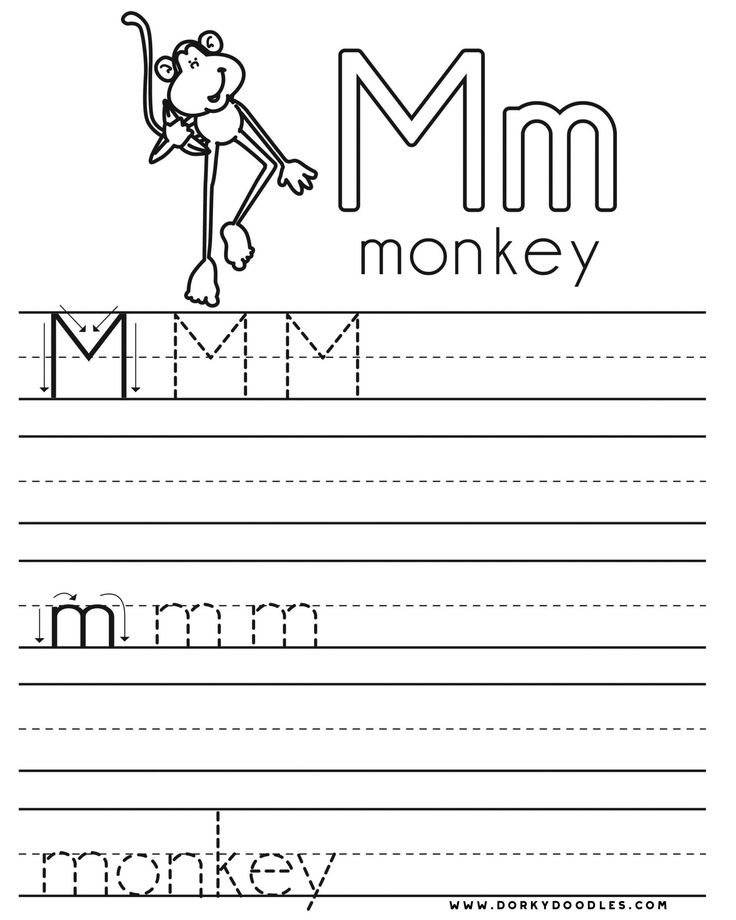 nine0003
nine0003
Writing direction: top to bottom, left to right
The Old Mongolian alphabet, also known as mongol bichig , is a beautiful vertical script in which the letters include separate consonants and vowels. Of course, there are many vertical fonts in the world, but the Mongolian font is especially beautiful and intriguing: the beauty of the font is due to the fact that visual harmony is very important for it, and the intrigue is that the shape of the letter can be changed depending on its position and letter , which follows. nine0003
Writing direction: left to right
Number of characters: 26
Ethiopian is a syllabary originally developed to write the ancient Ethiopian Ge'ez language. Currently, geez is not used, except for religious ceremonies in a few churches, the main ones being the Ethiopian and Eritrean Orthodox Churches. However, this alphabet was adopted by other languages of Ethiopia and Eritrea, so it is still used quite widely.
Writing direction: left to right
Number of characters: 20 to 33
The Javanese alphabet is closely related to Balinese and is also derived from the Brahmi script, so they have a lot in common: the Javanese script is also richly decorated and decorative and is used in many Indonesian languages, including Sanskrit.